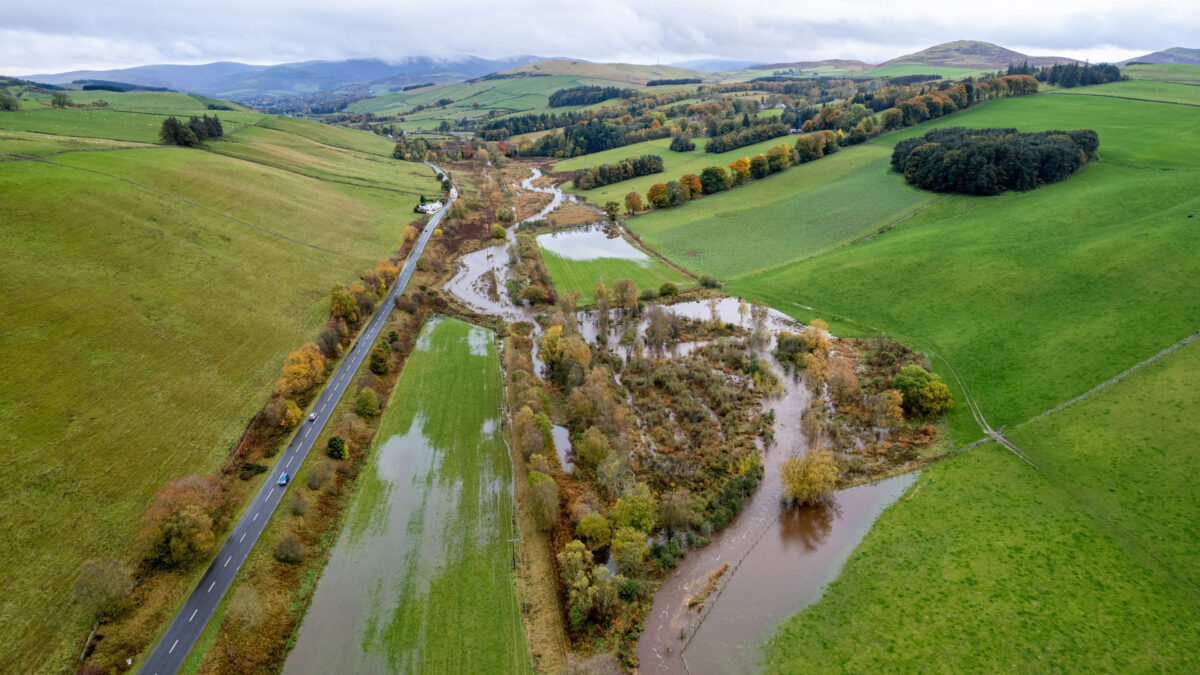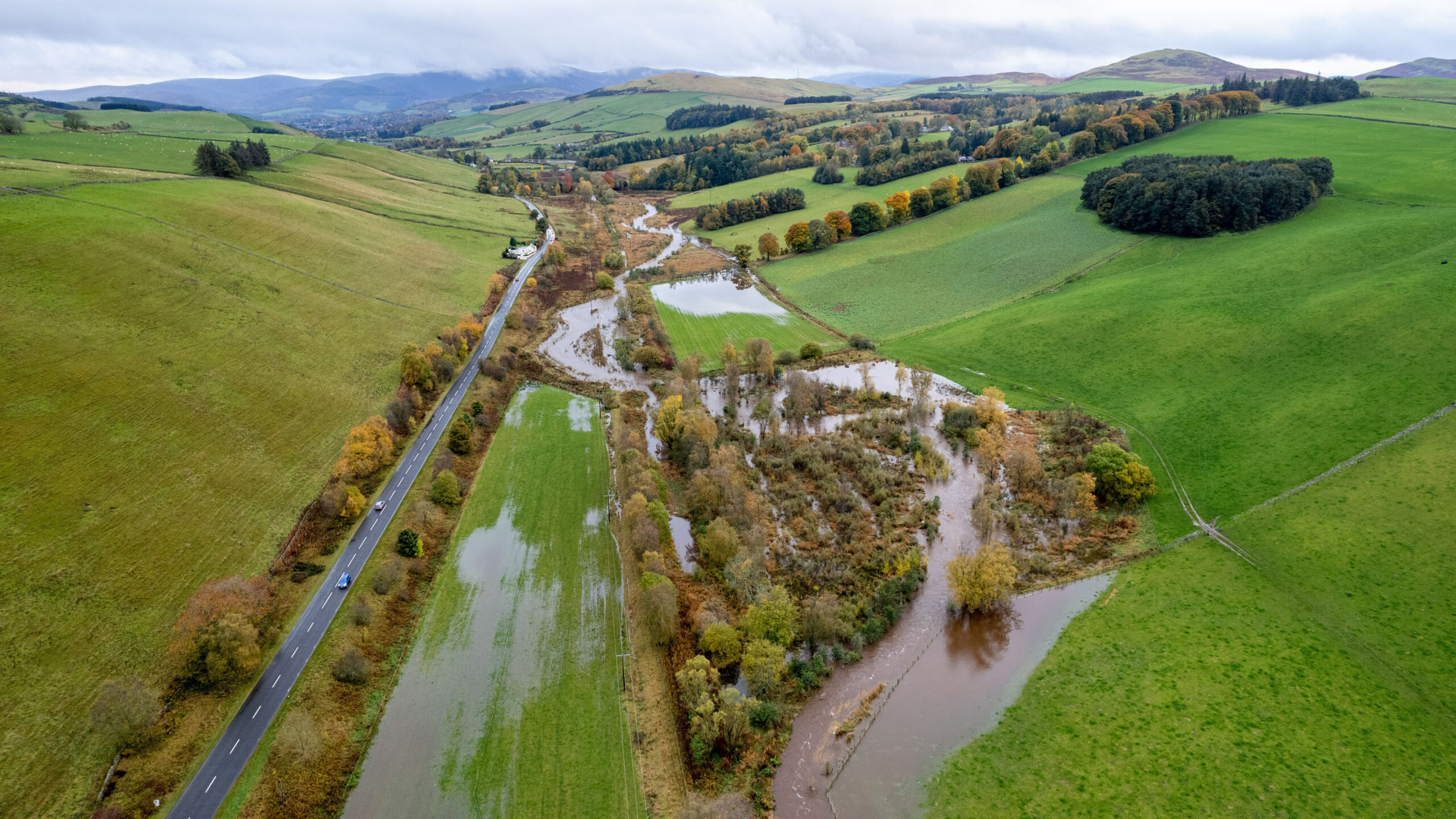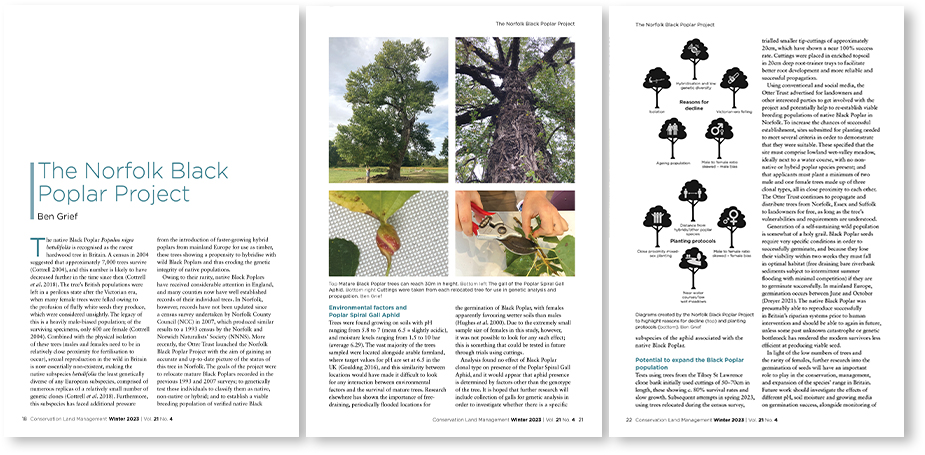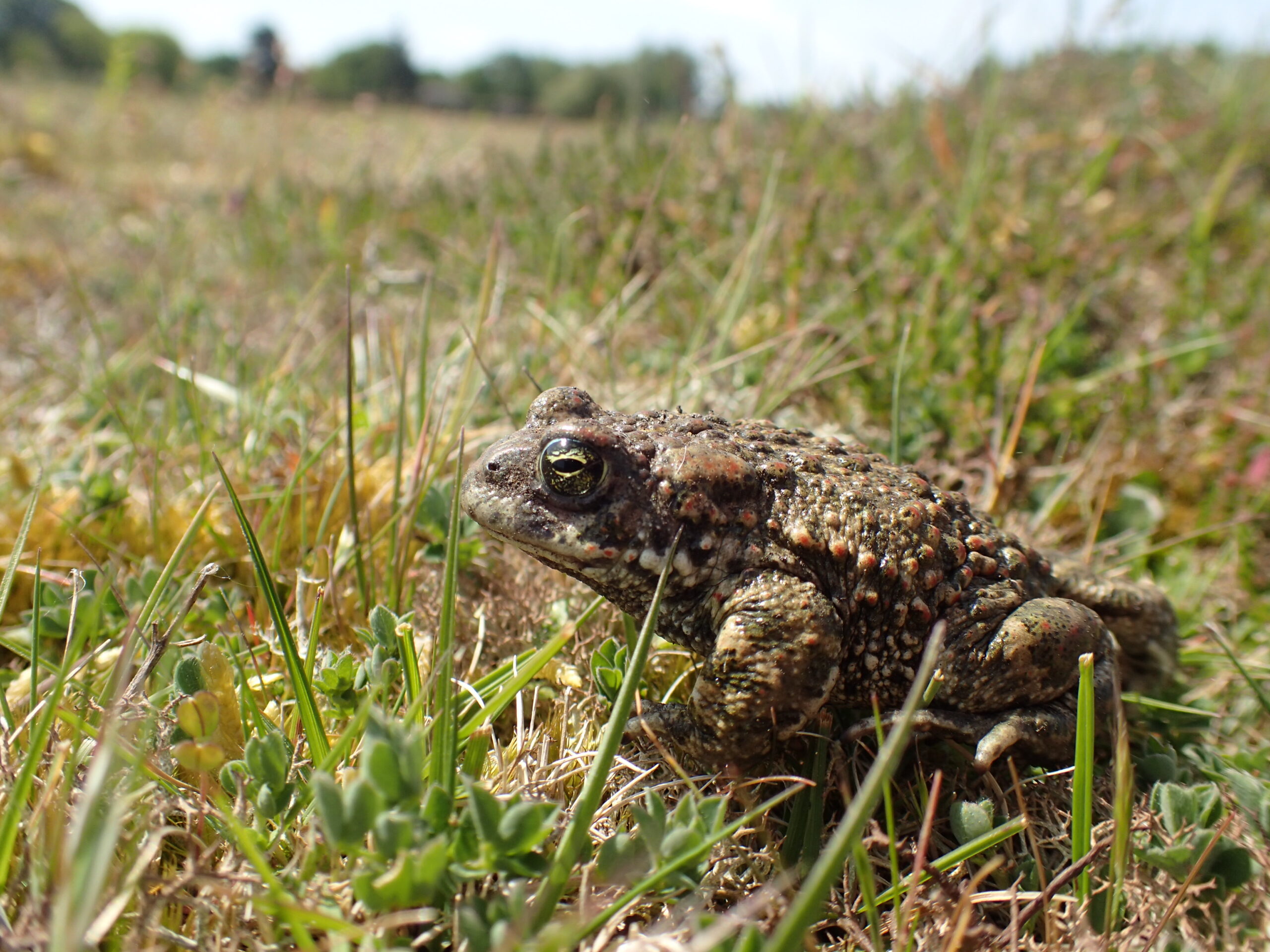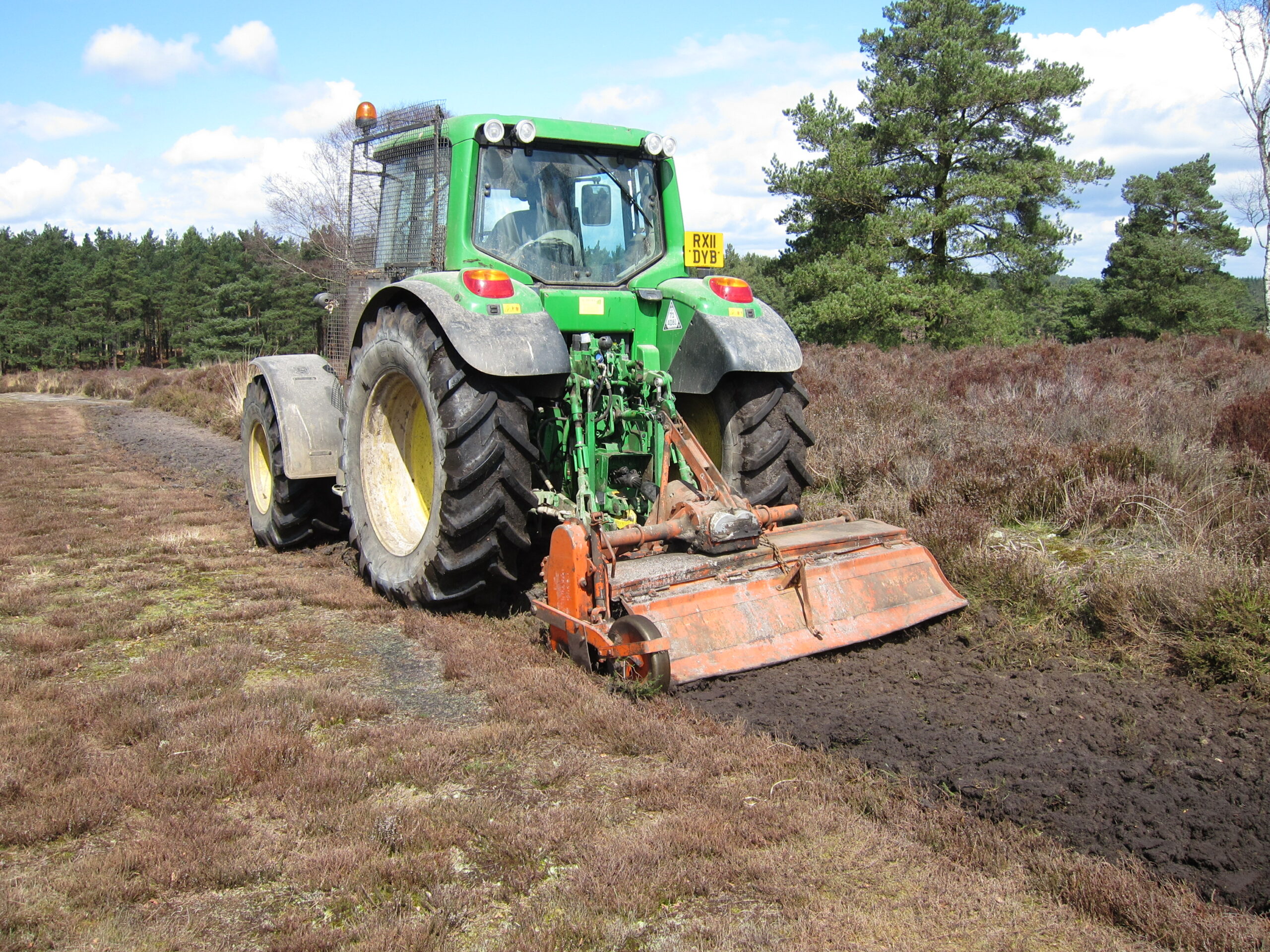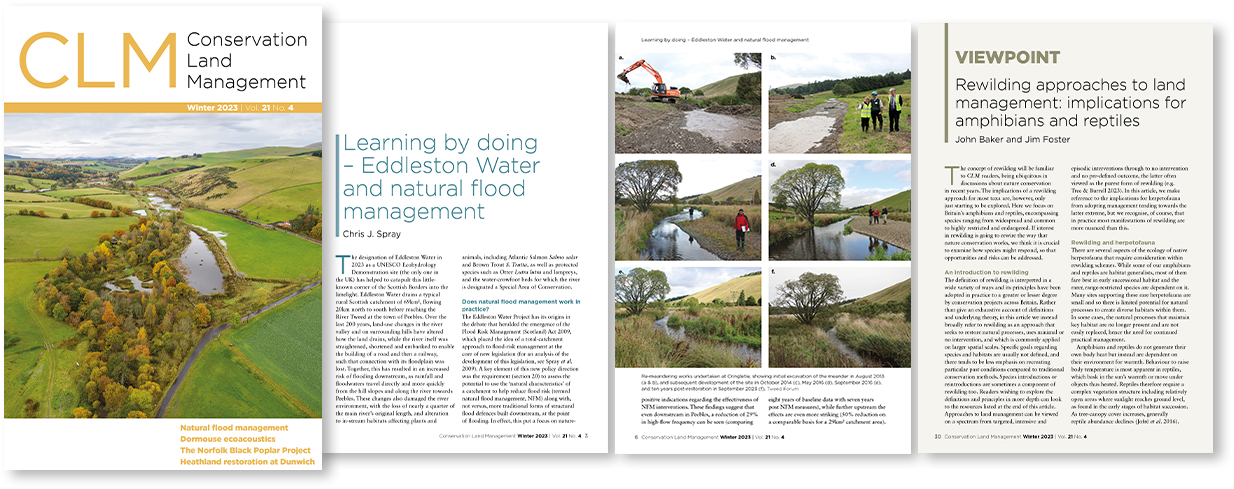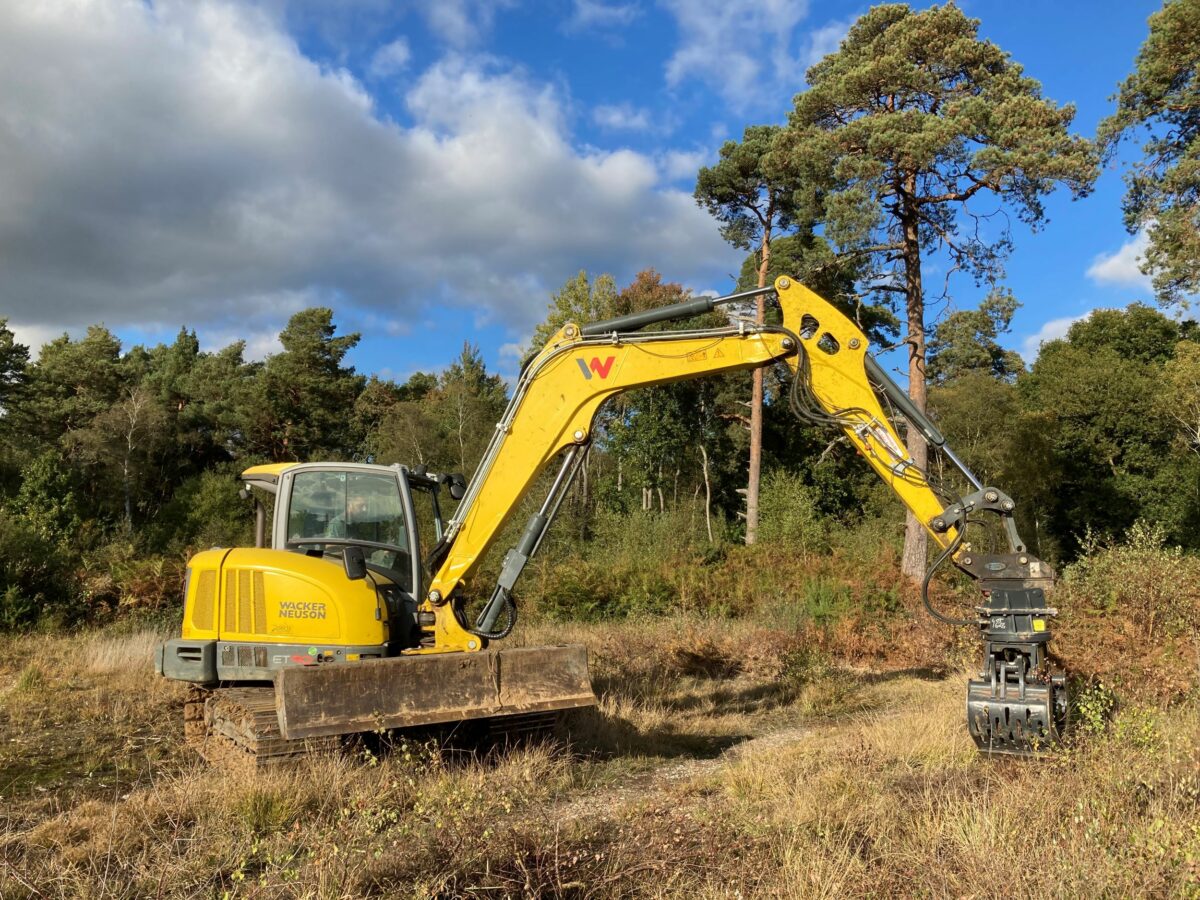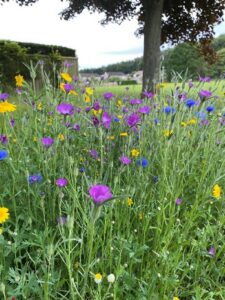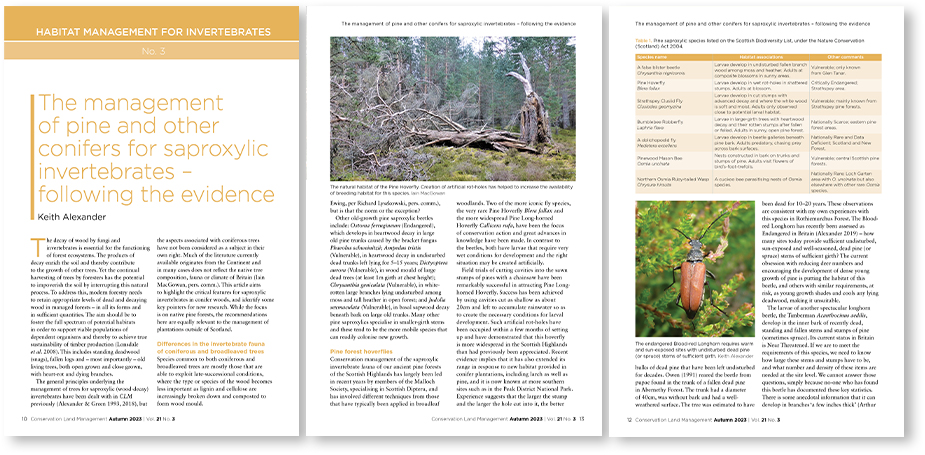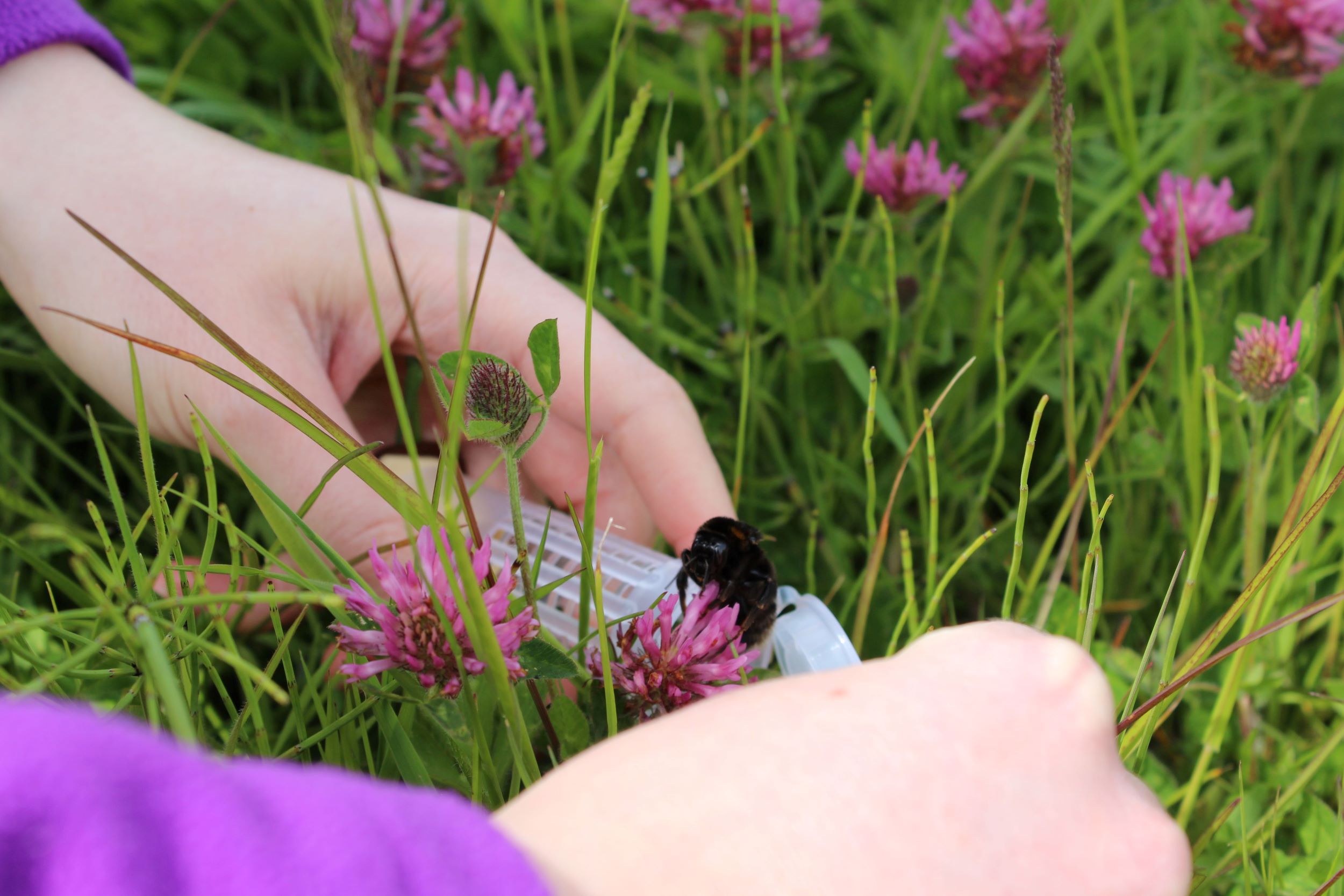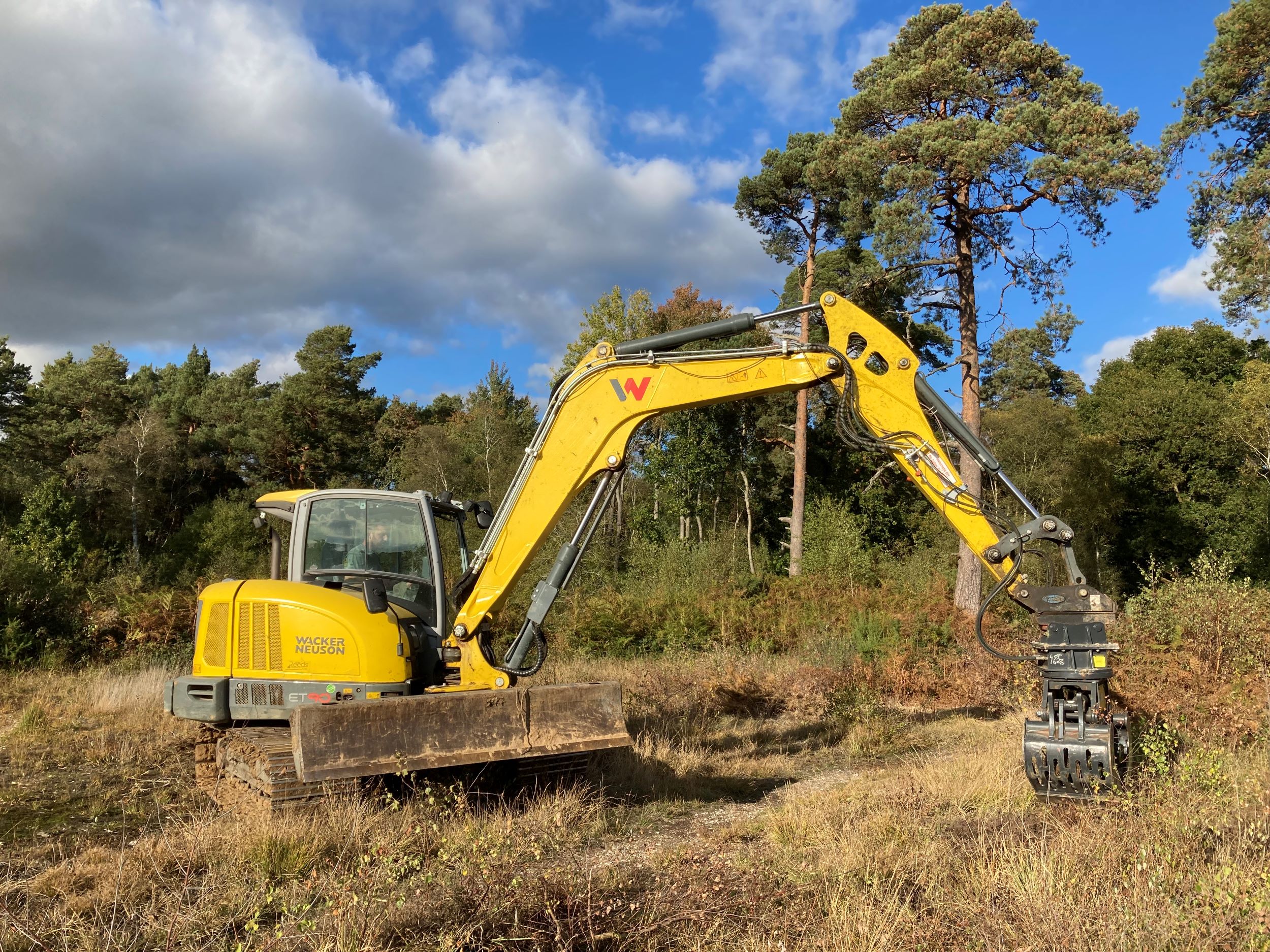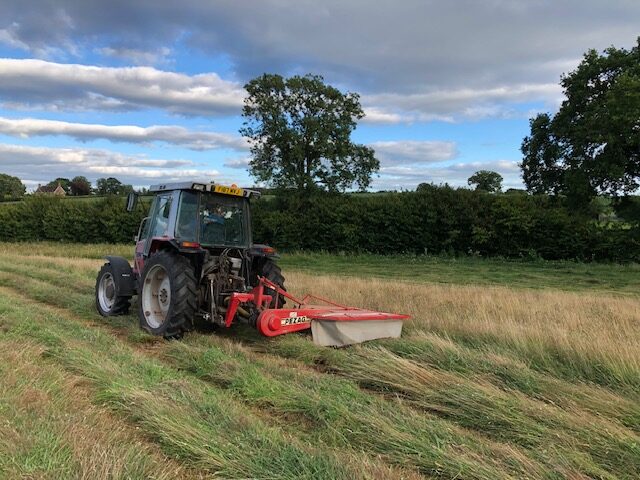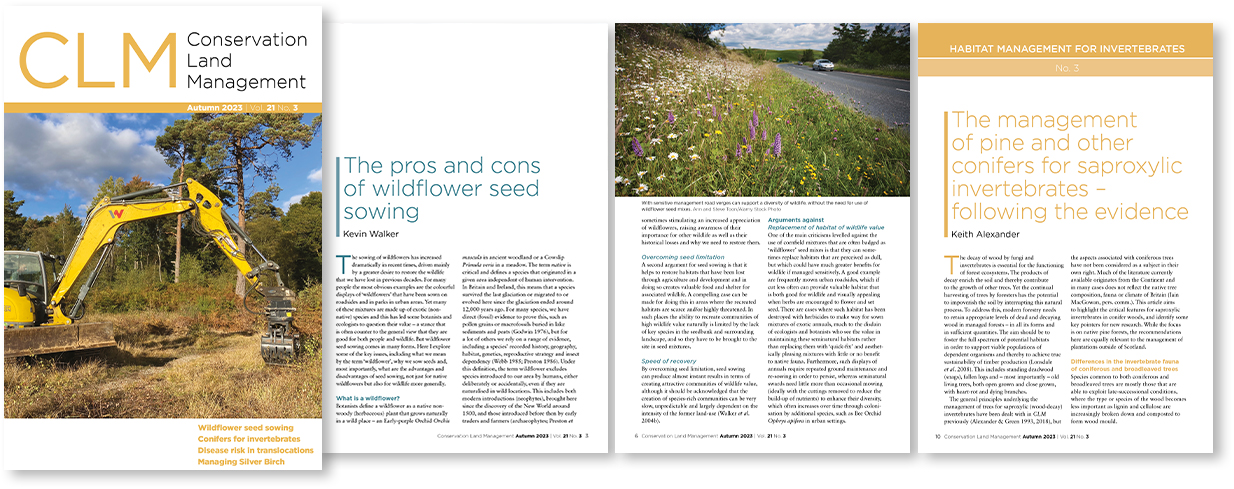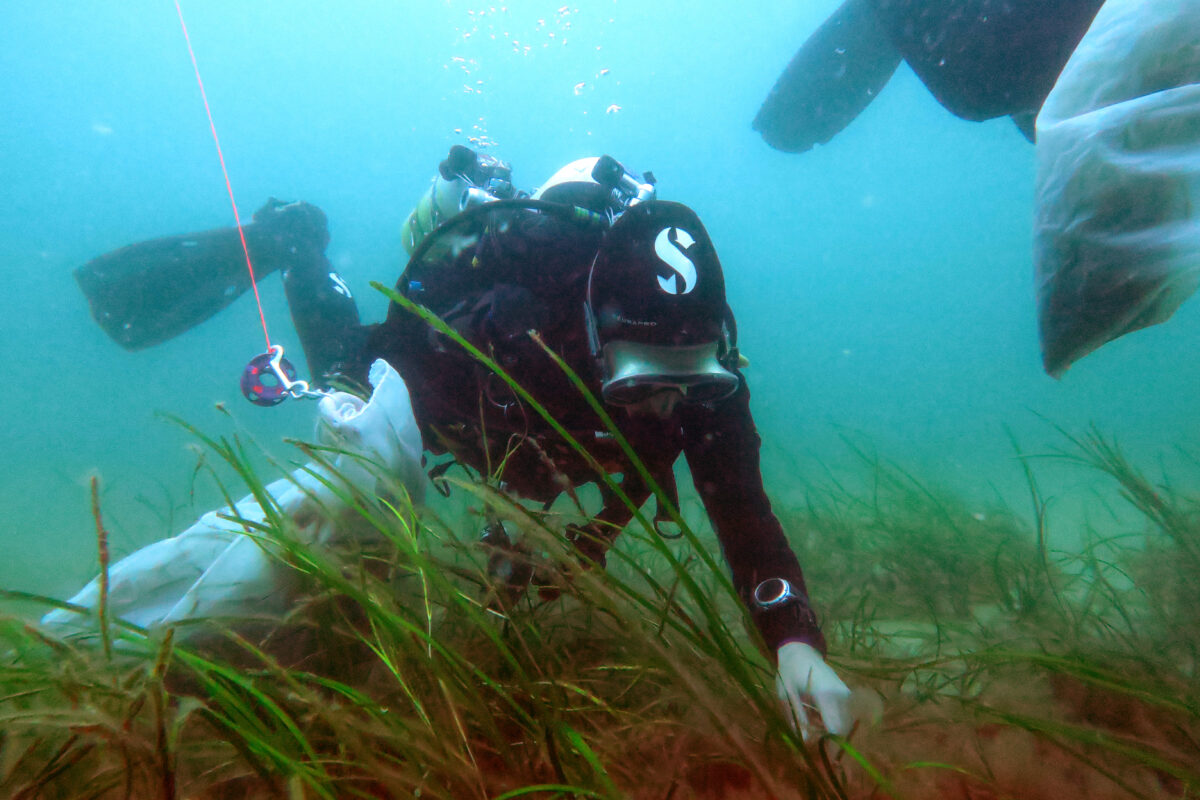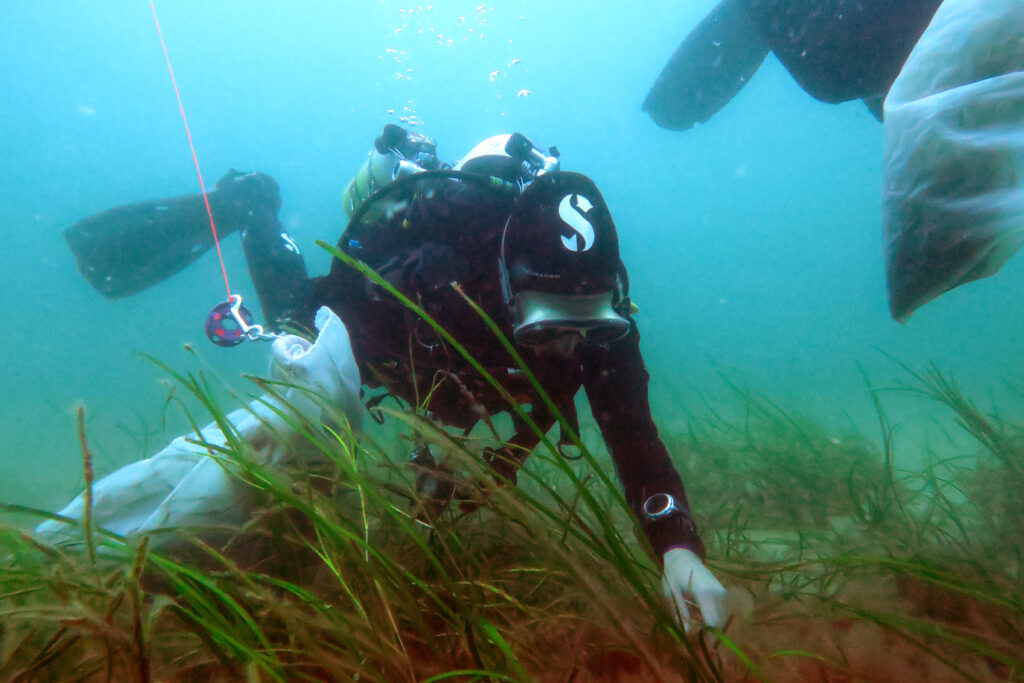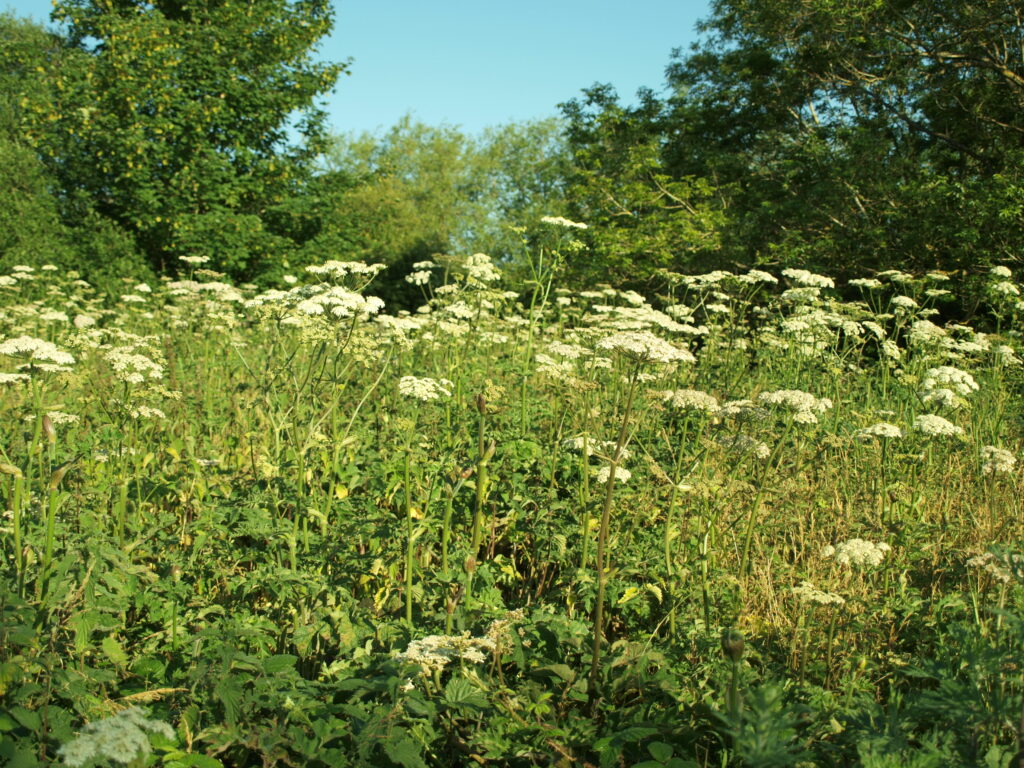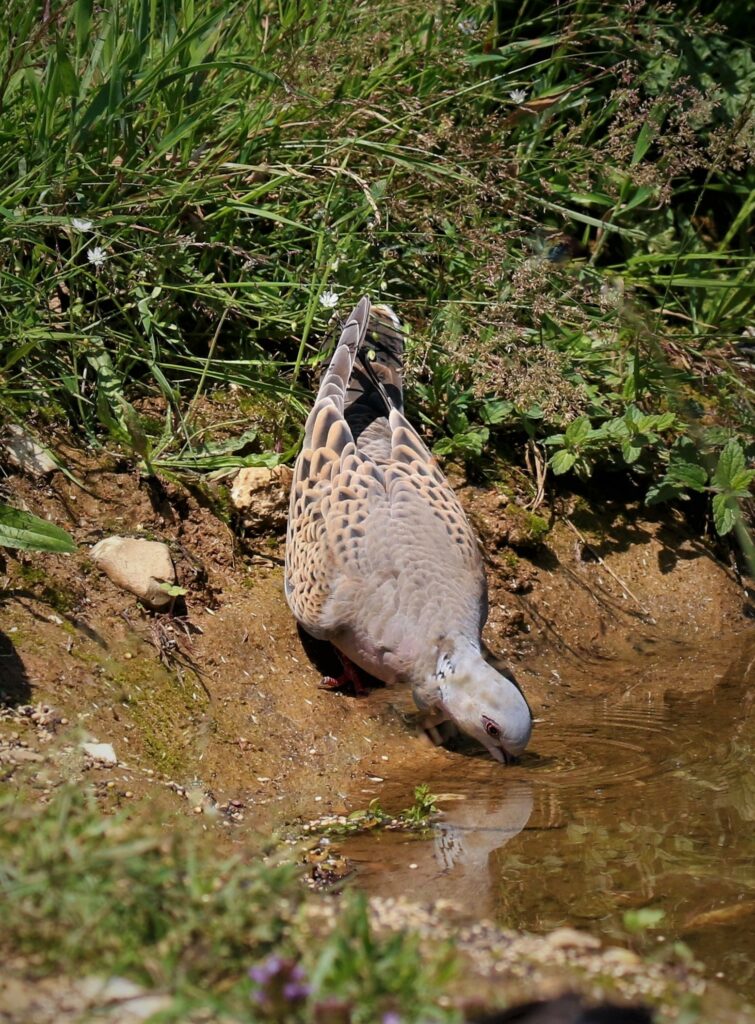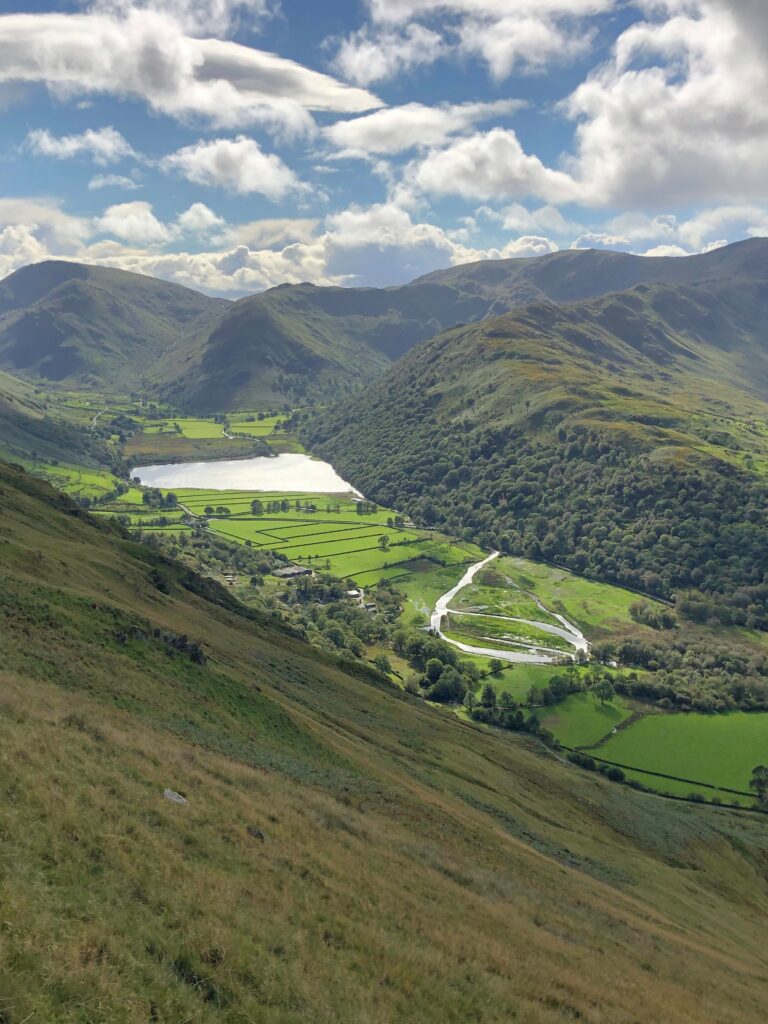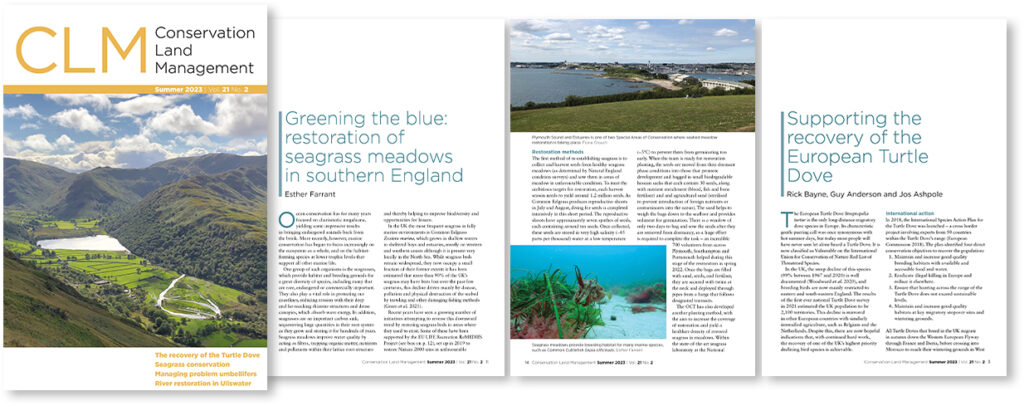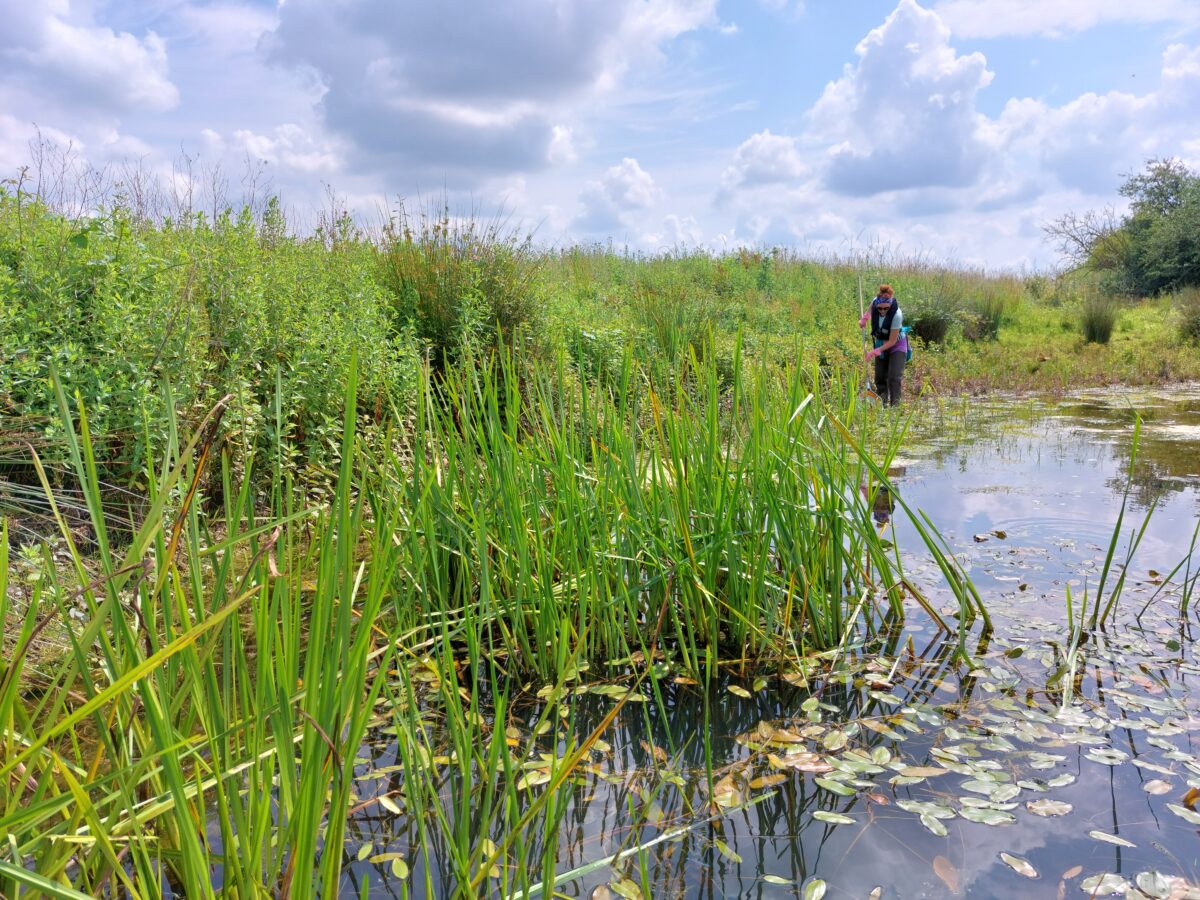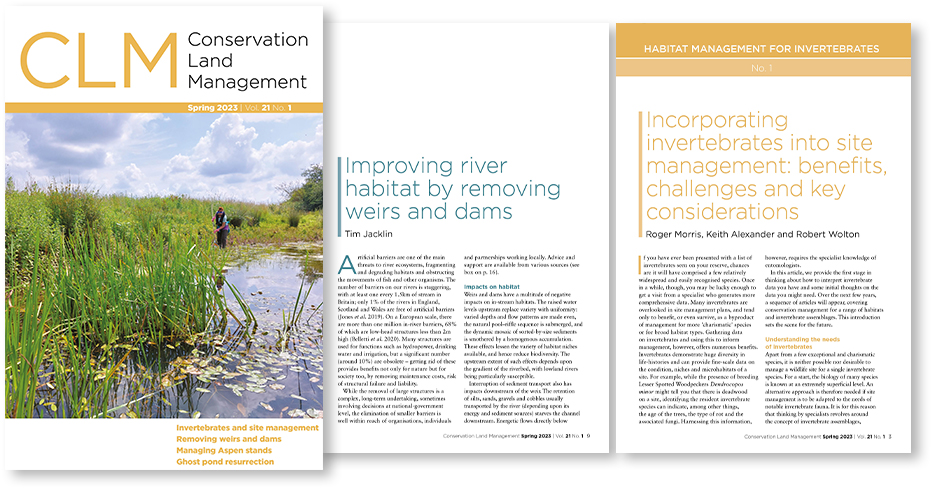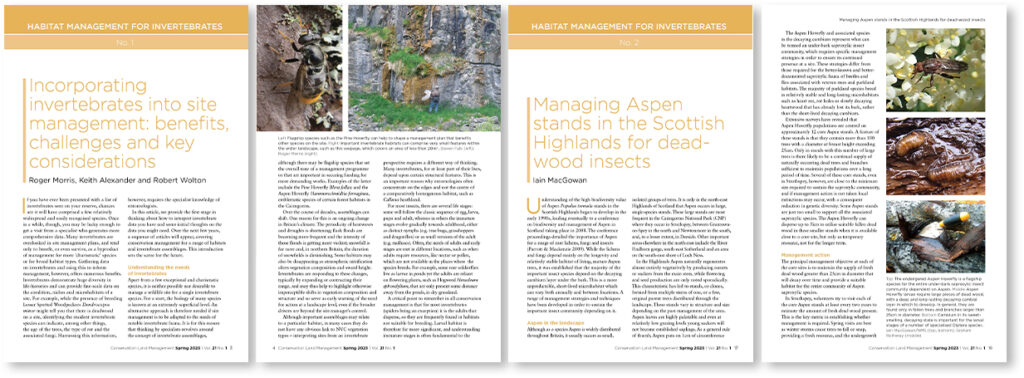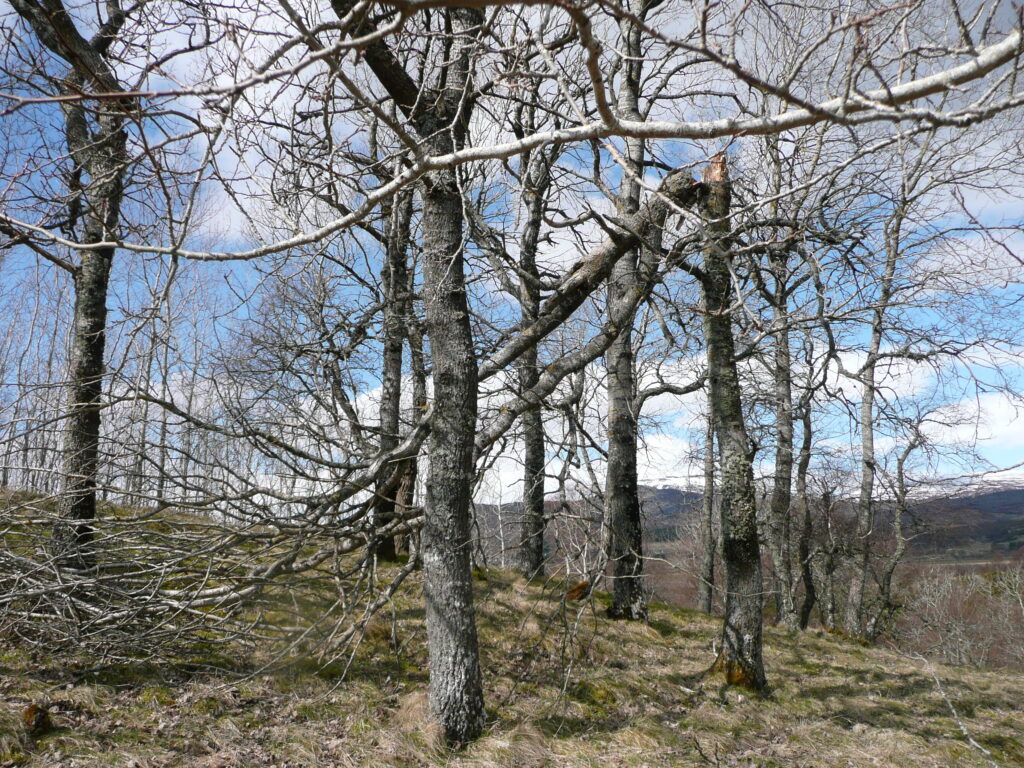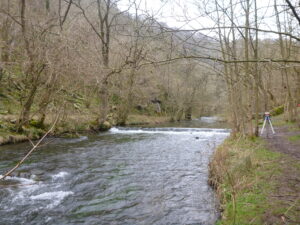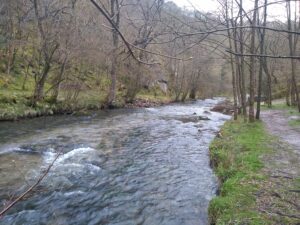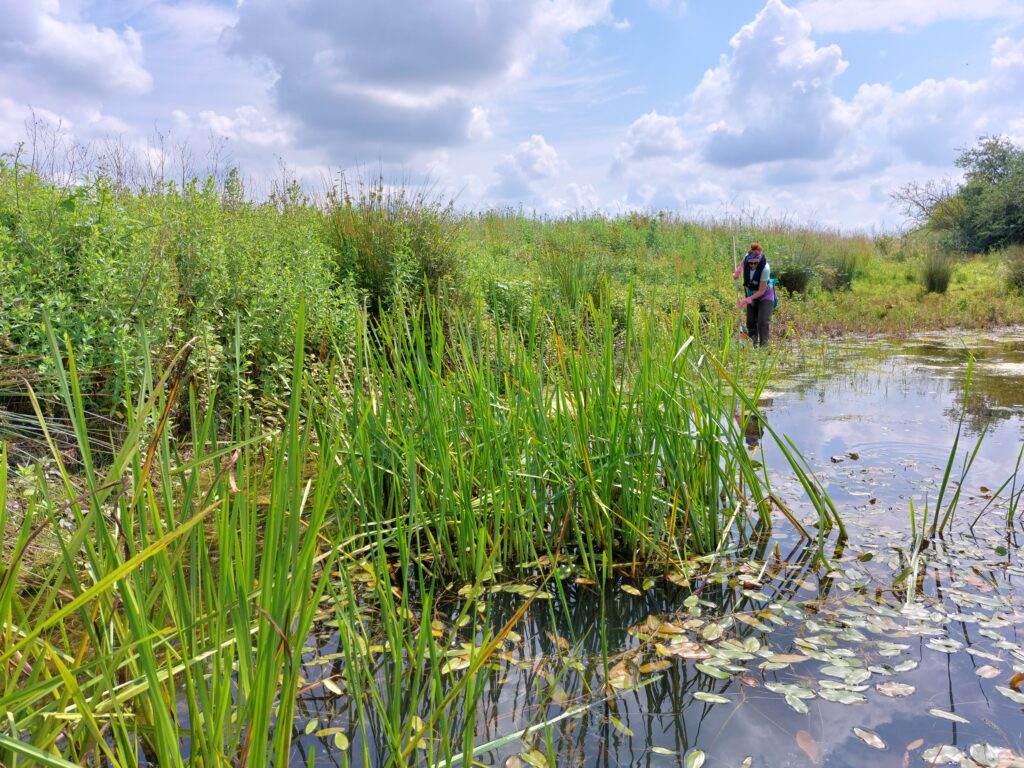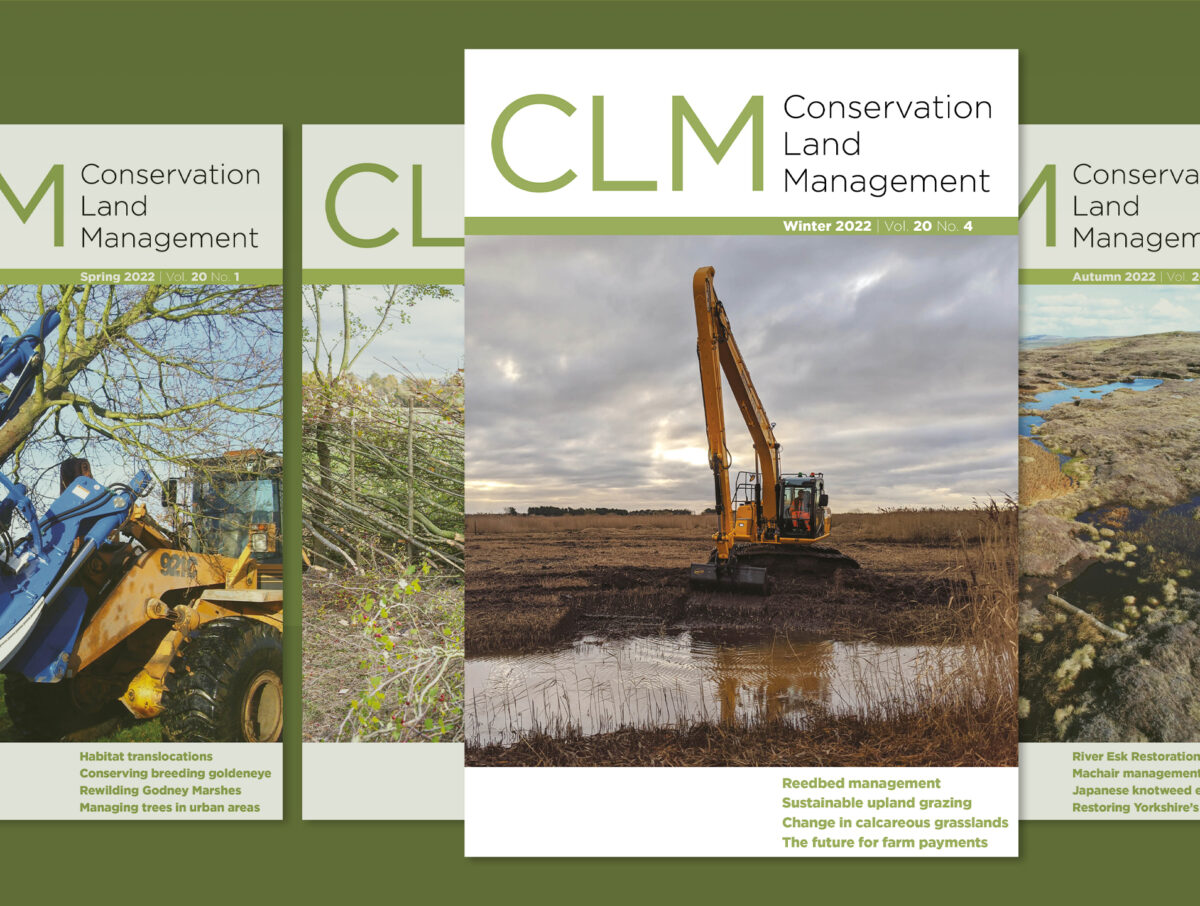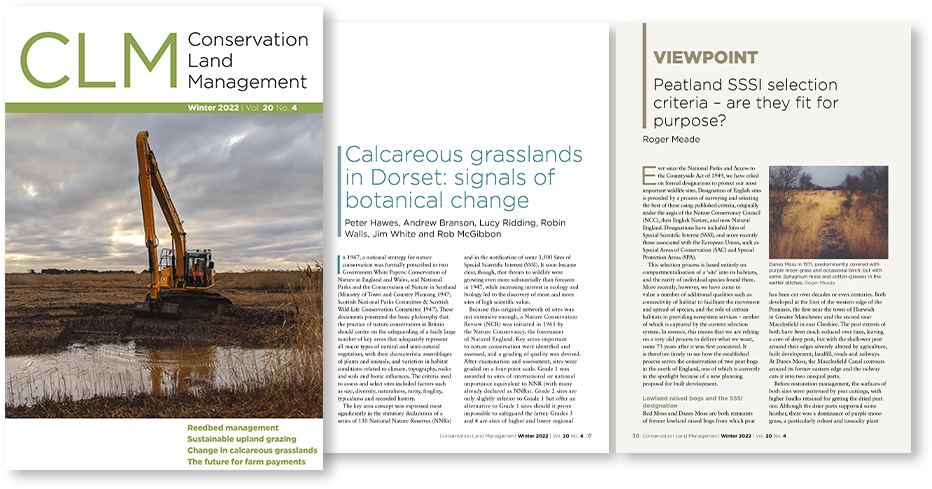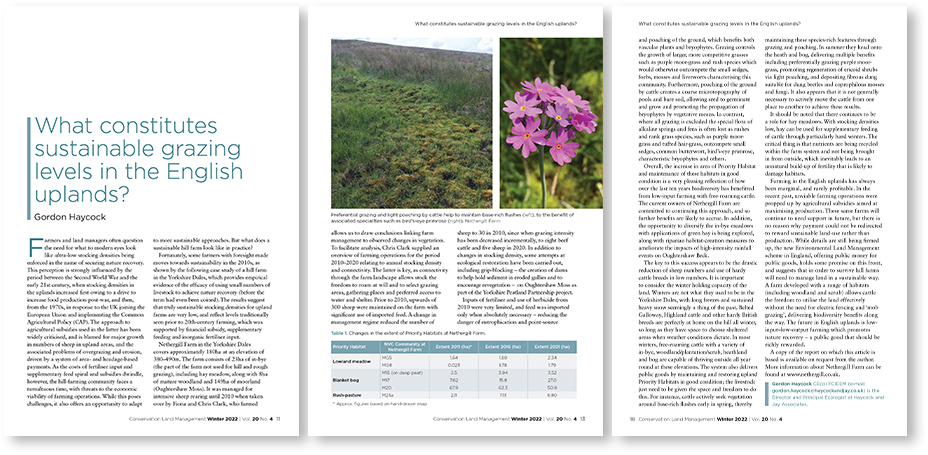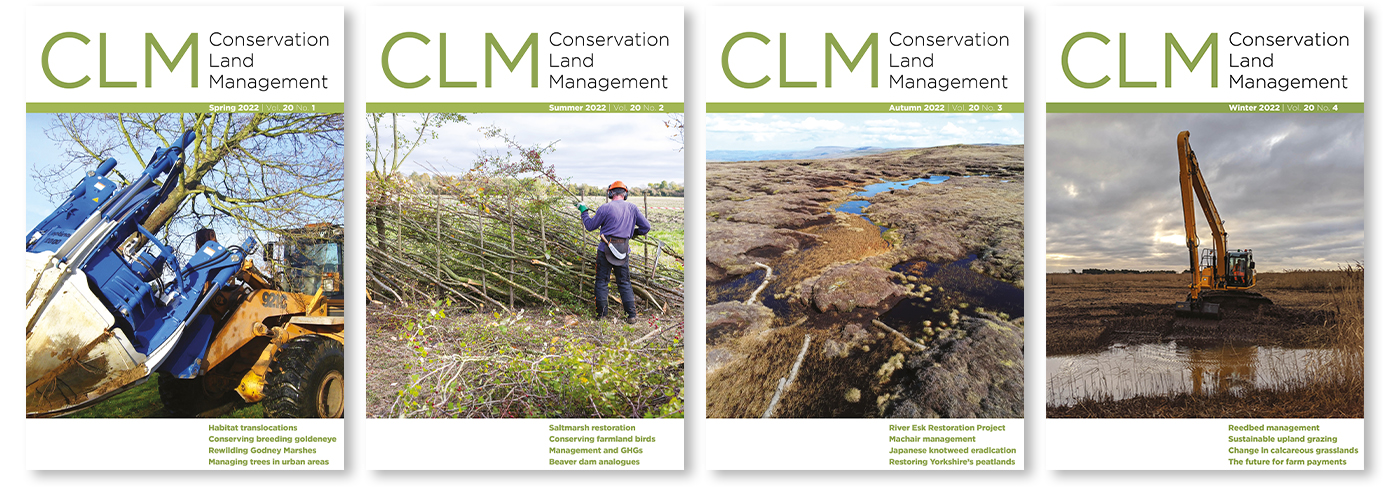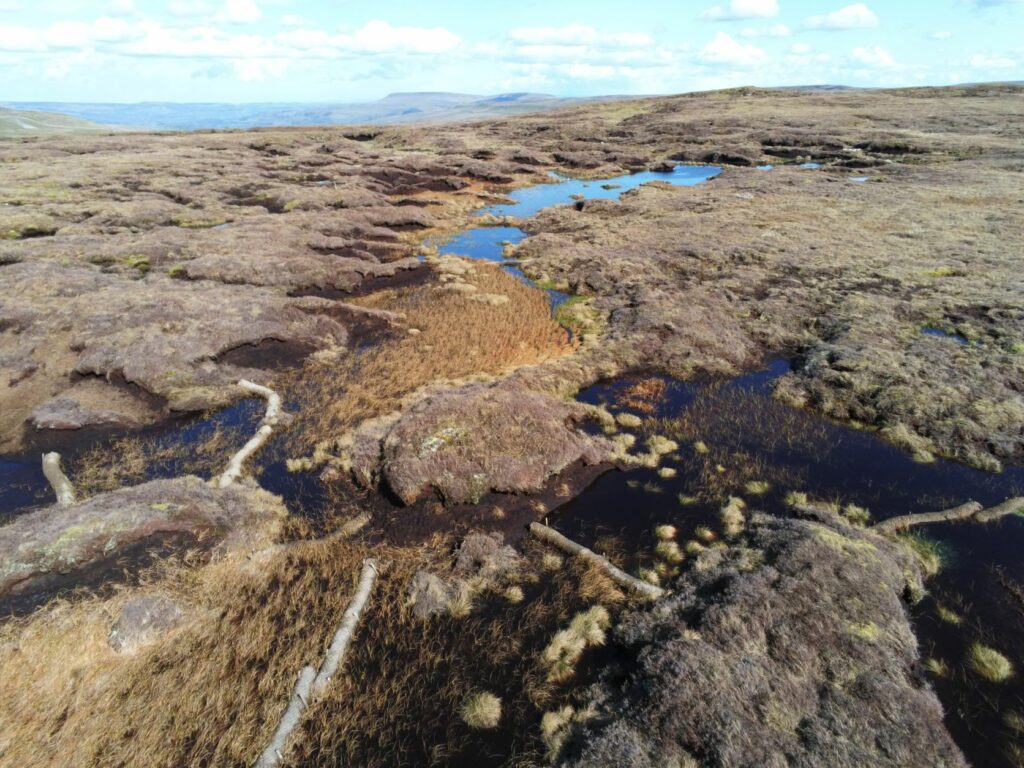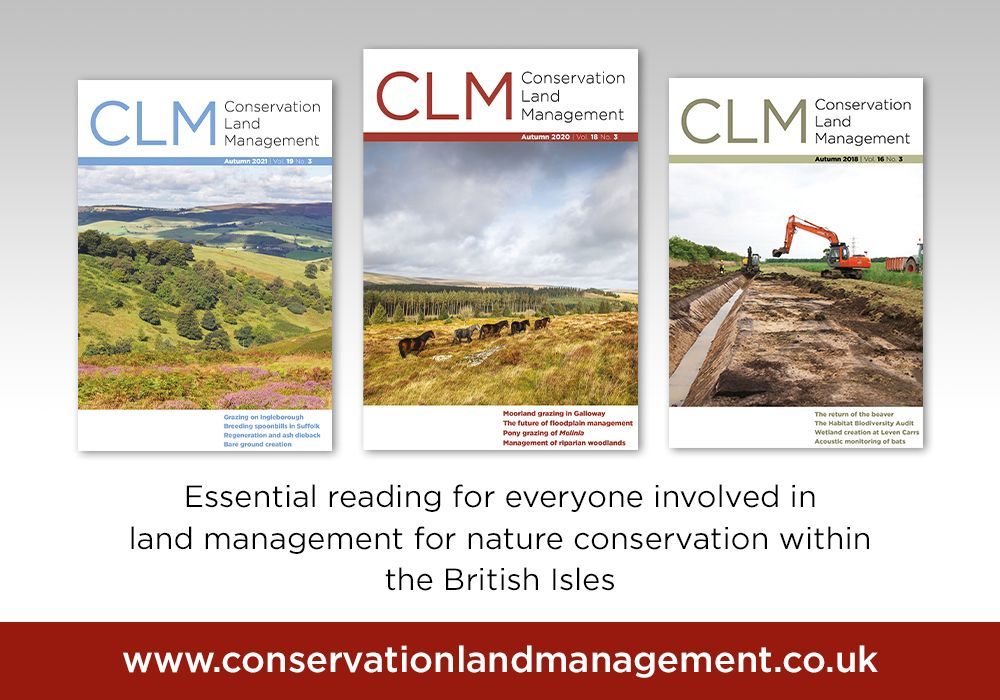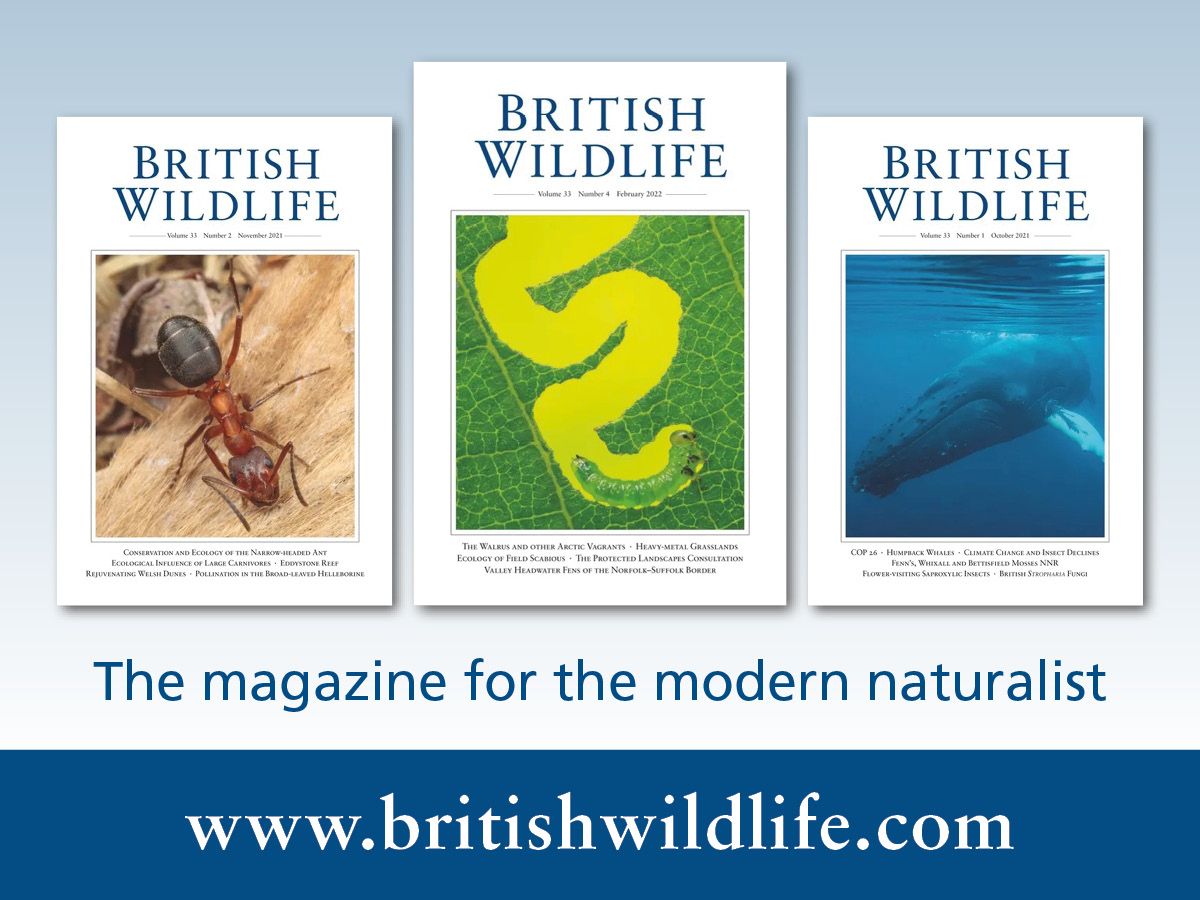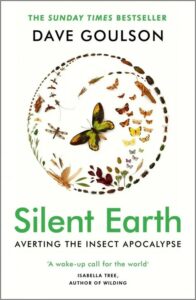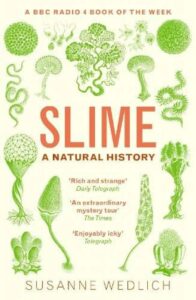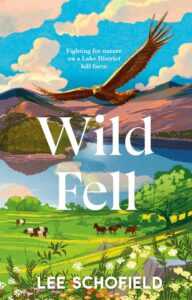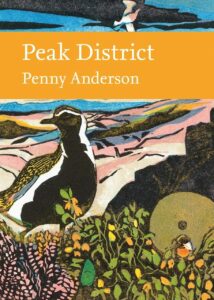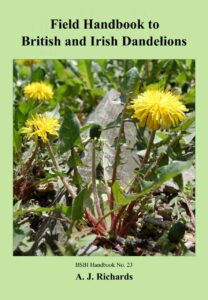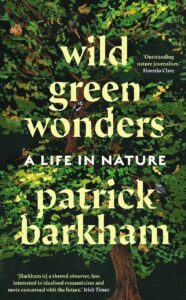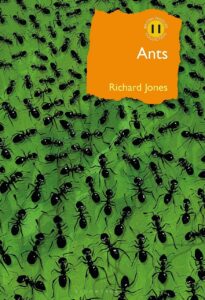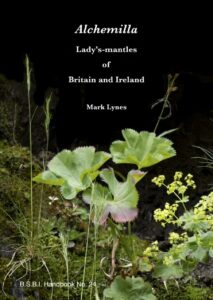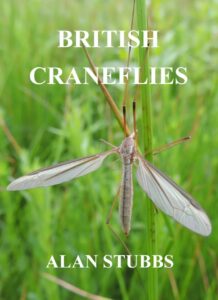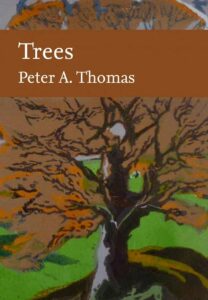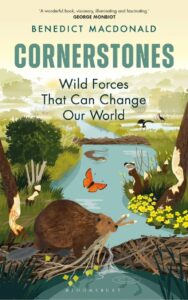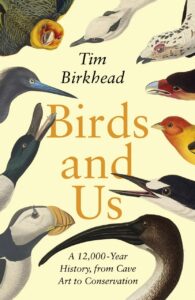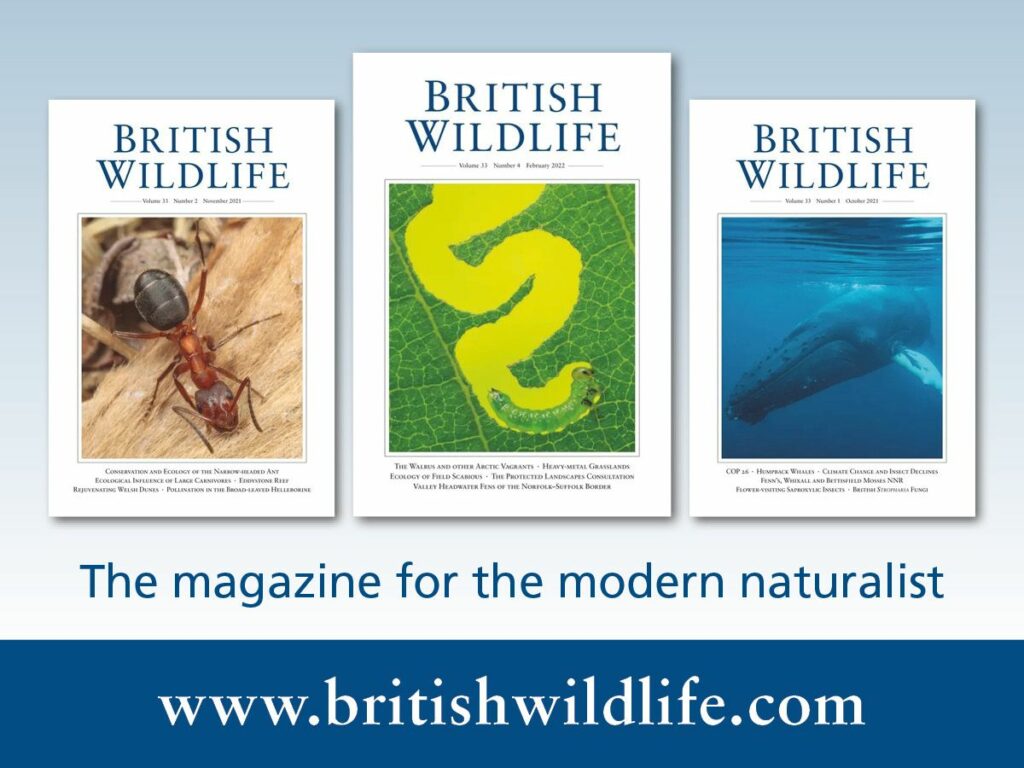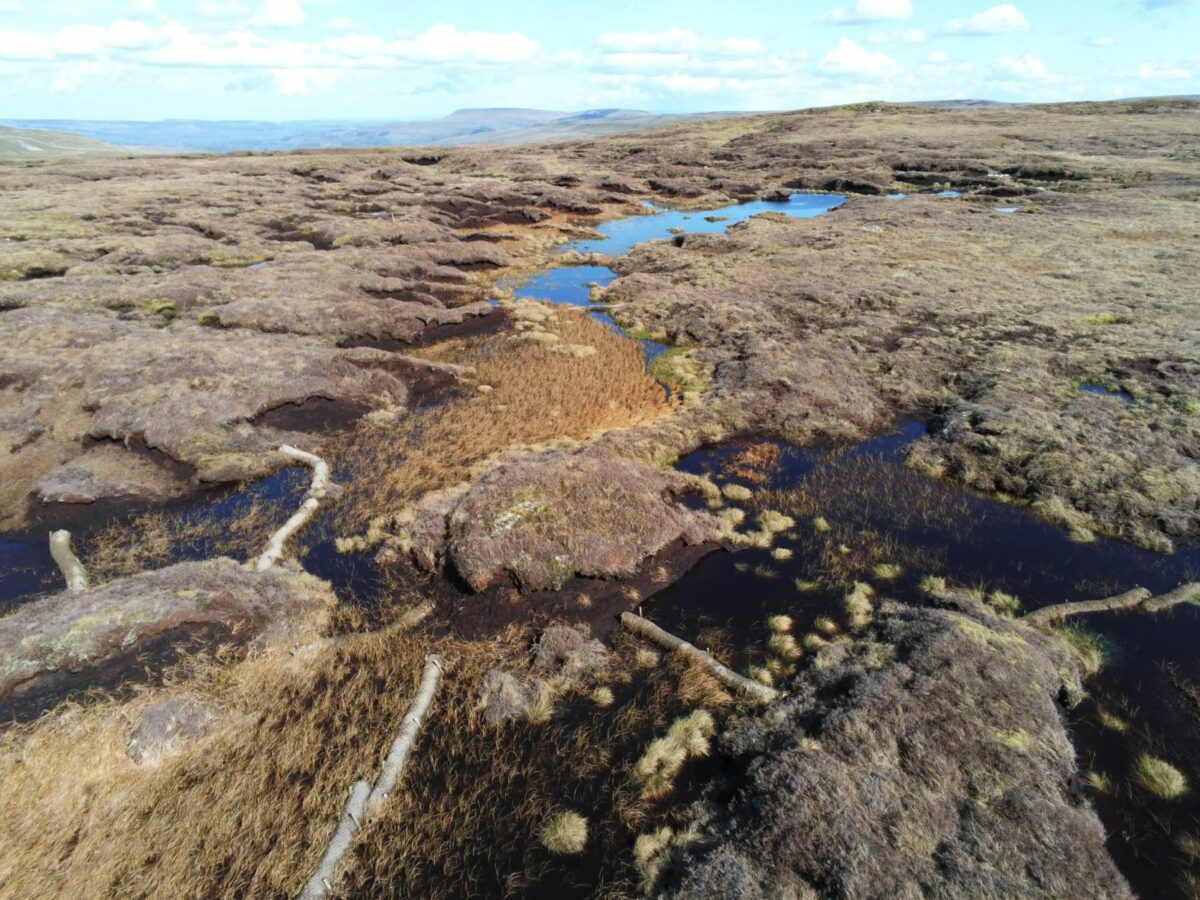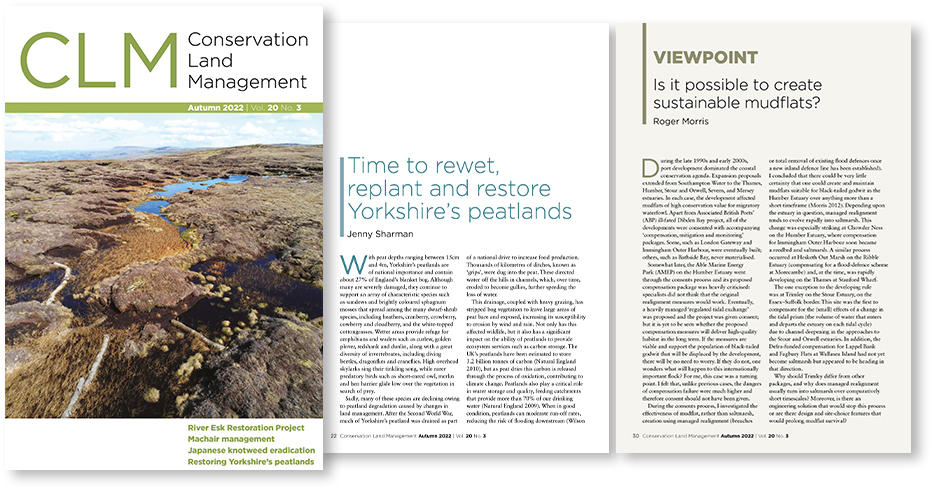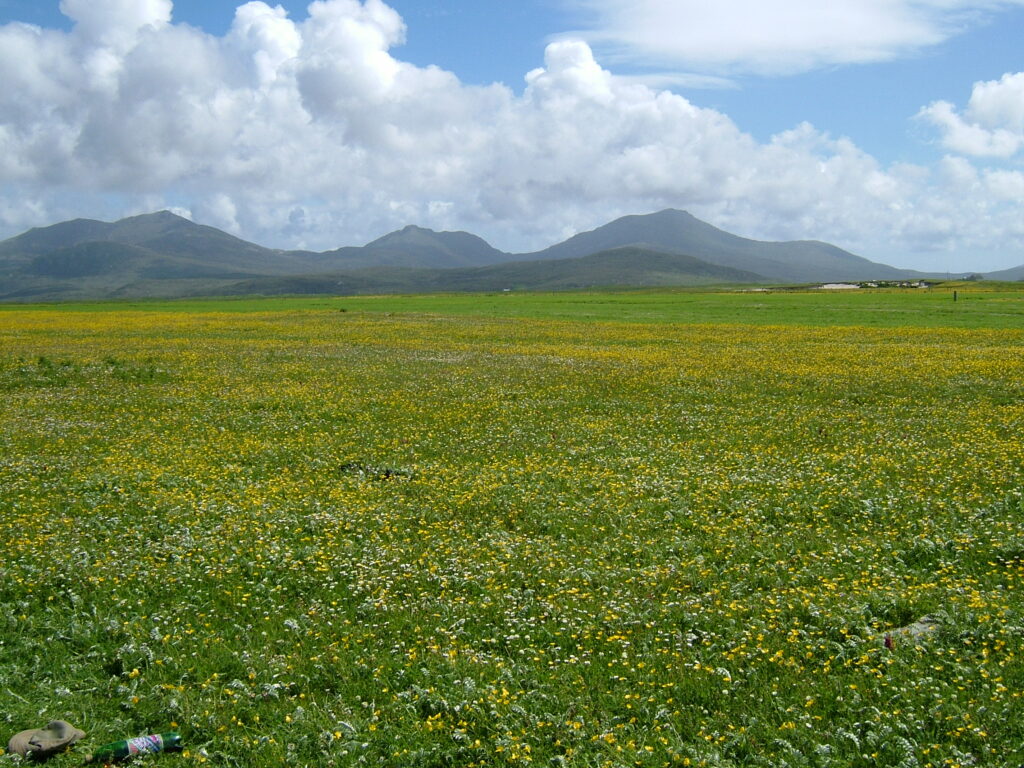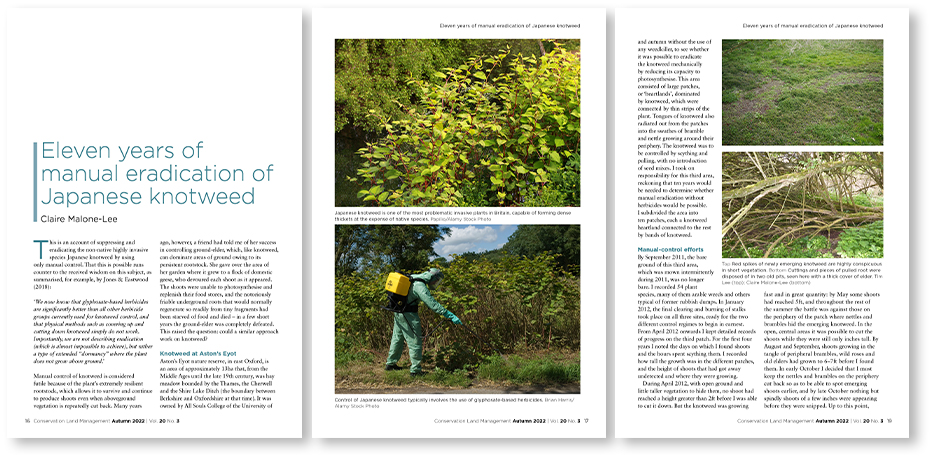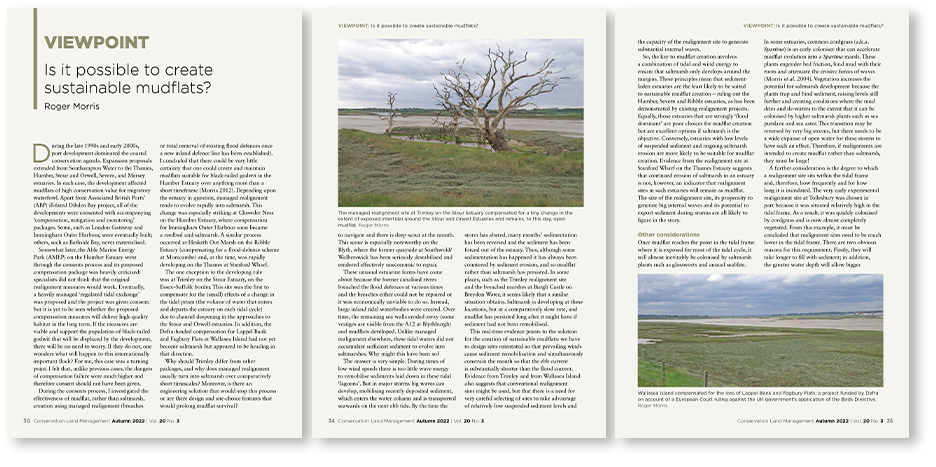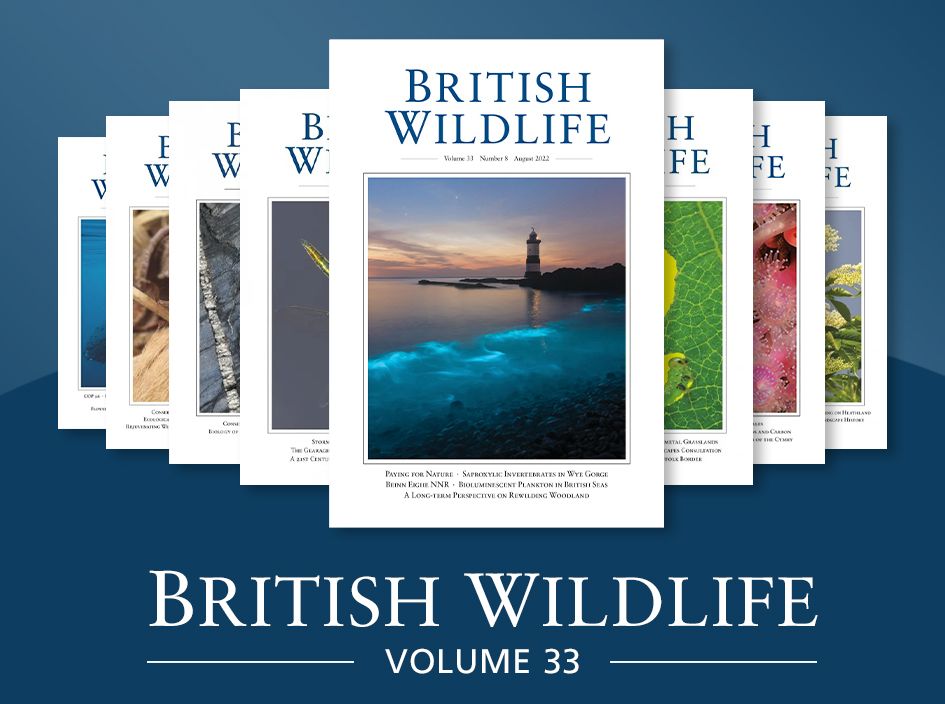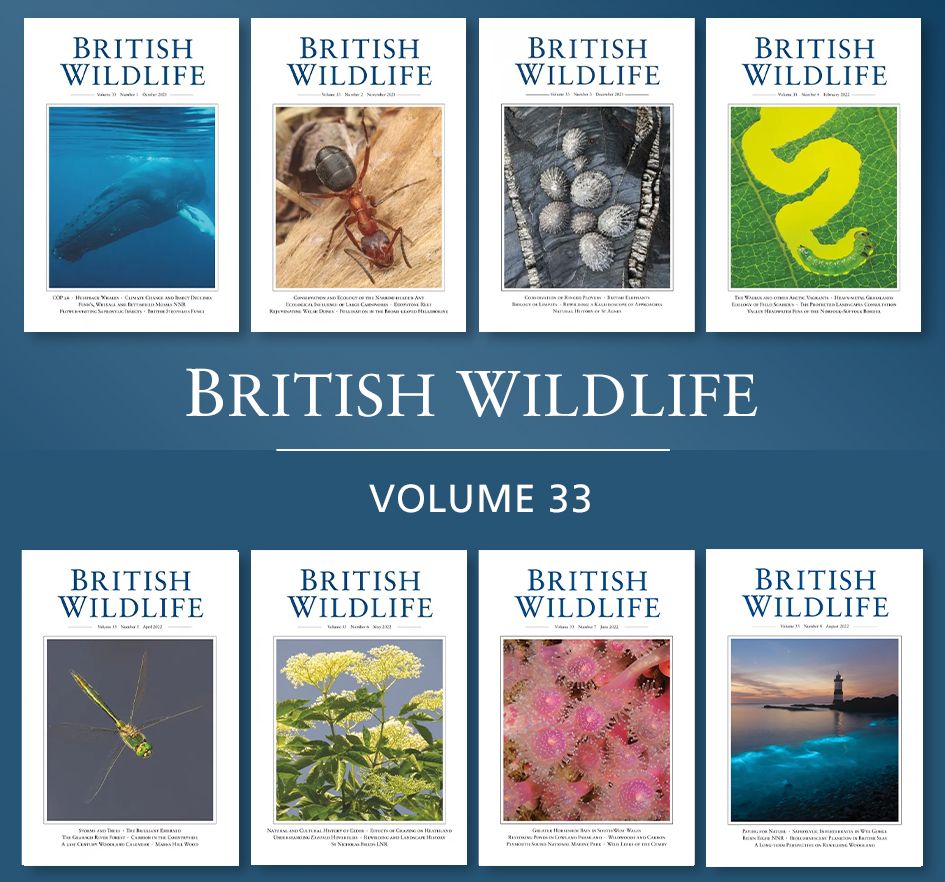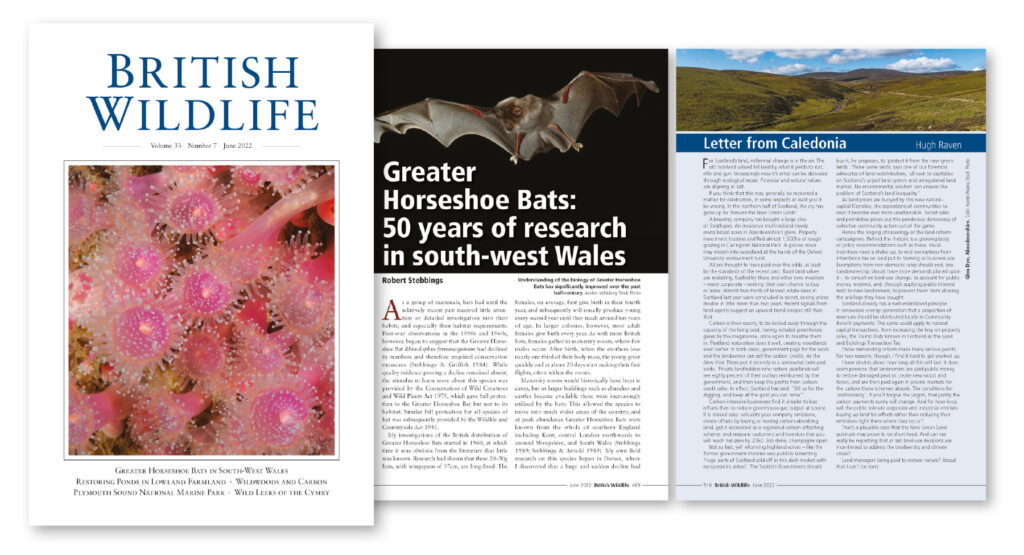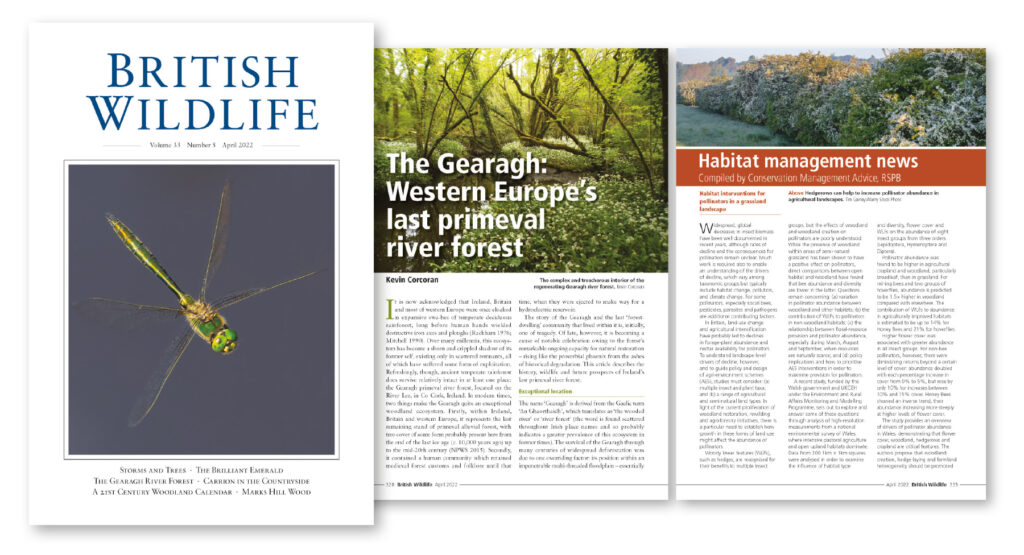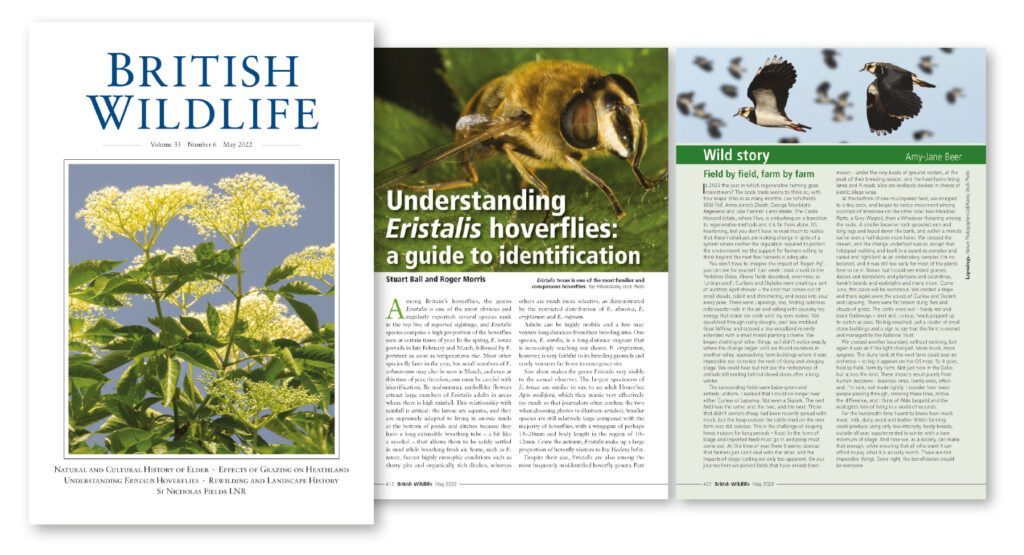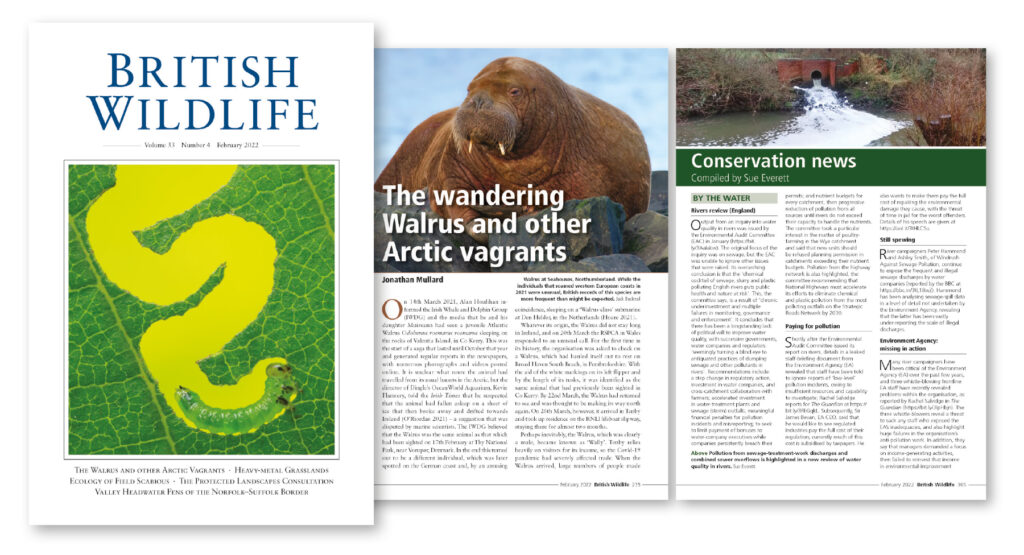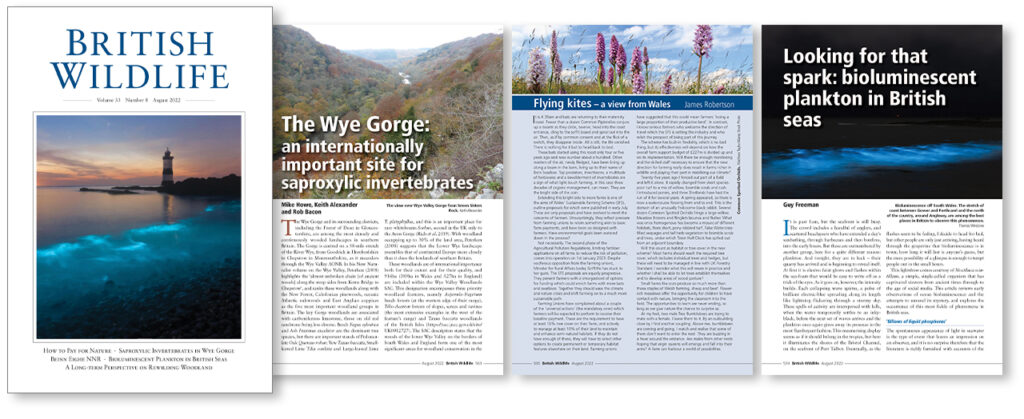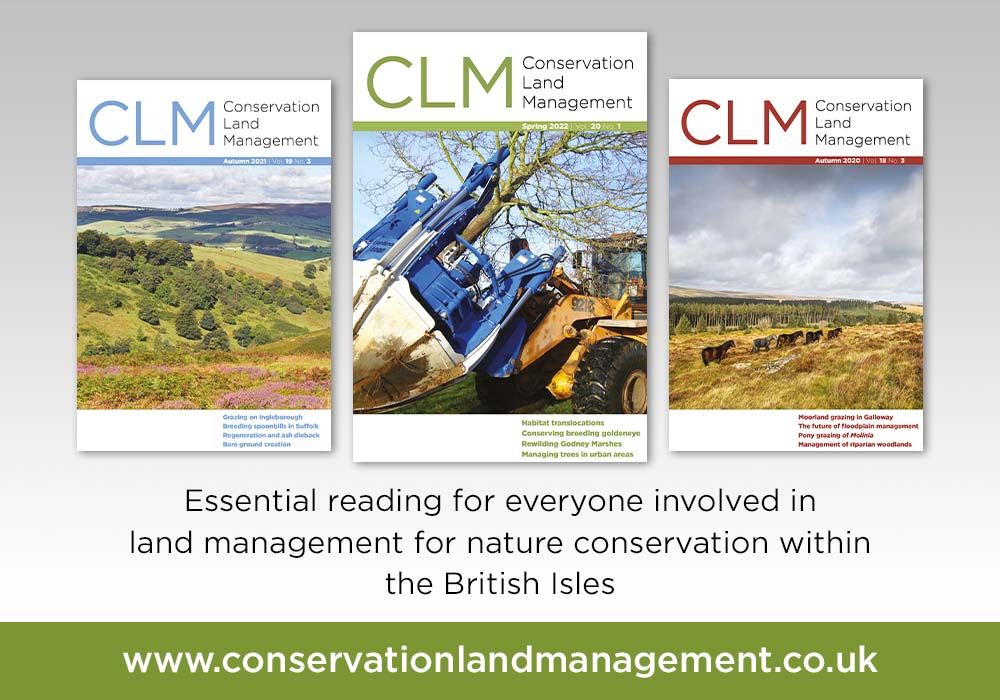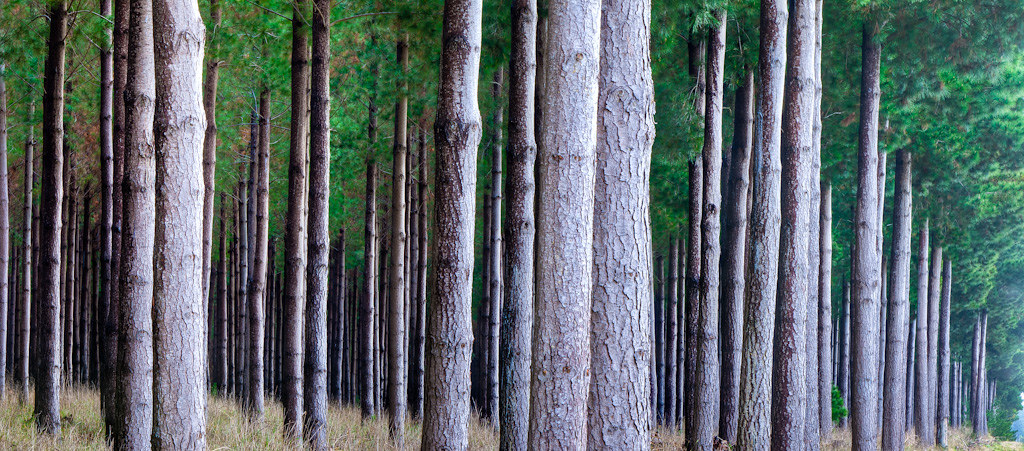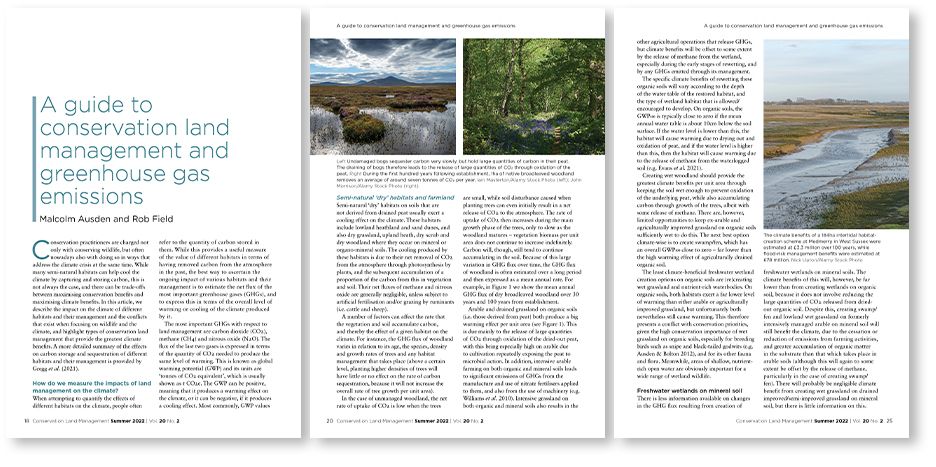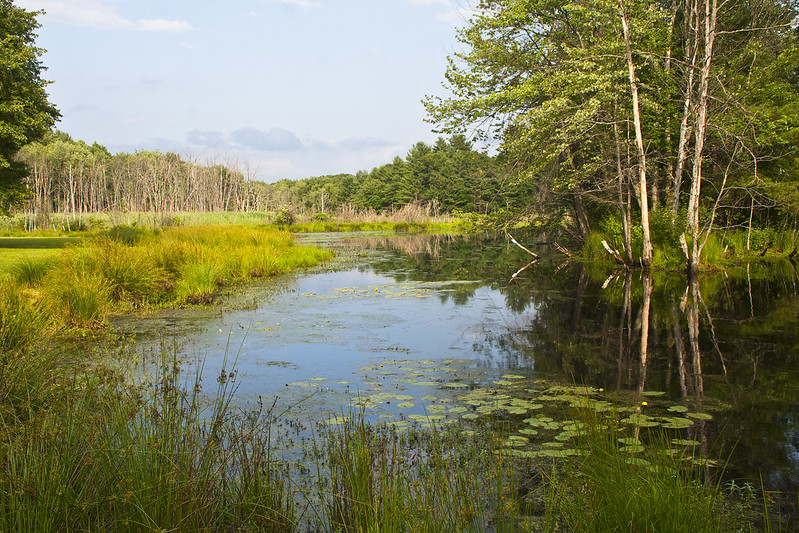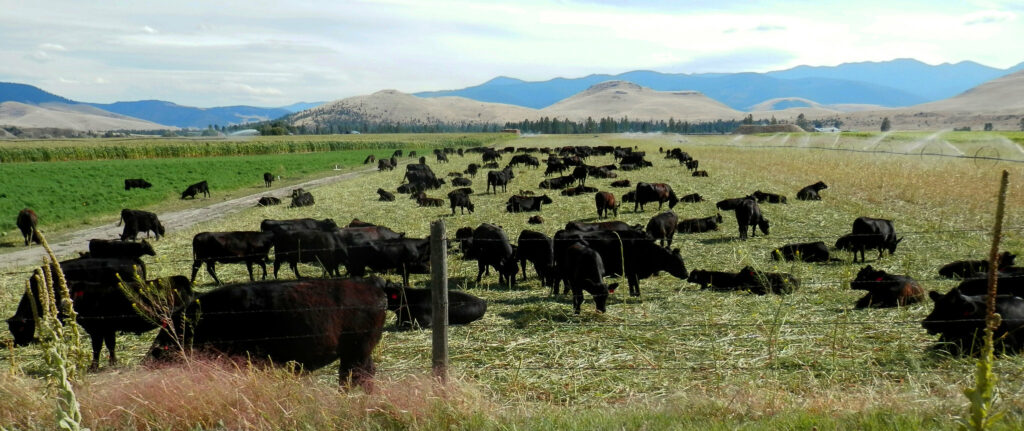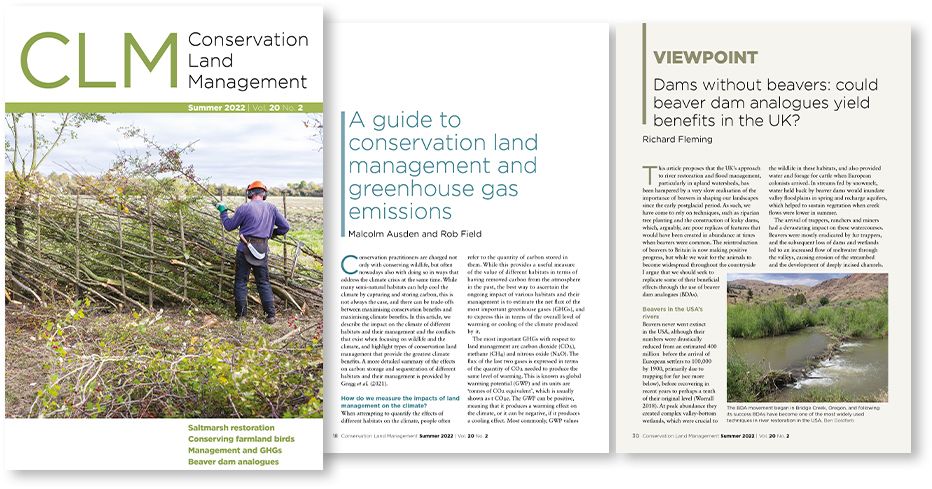
NHBS is proud to celebrate its 40th anniversary, marking four decades of supporting those who work to understand, protect, and conserve the natural environment.
History of NHBS
Founded by Bernard Mercer in 1985 as the Natural History Book Service, NHBS began as a mail-order supplier of ornithology books based in London. Our first catalogue was hand-crafted on a state-of-the-art electronic typewriter! Within two years, we evolved into a comprehensive natural history bookstore, committed to supplying all in-print literature on both natural history and science. Shortly after, we relocated to Totnes in Devon, and we have remained here on the edge of the River Dart ever since.
By the late 1980s, in response to customer demand, NHBS expanded its subject range to include habitat and species conservation, climate change, environmental assessment and more. In May 1995, we ventured online with the launch of our first website, and as digital communication grew, our website and email newsletters became increasingly important, leading to our final newspaper catalogue in 2005.
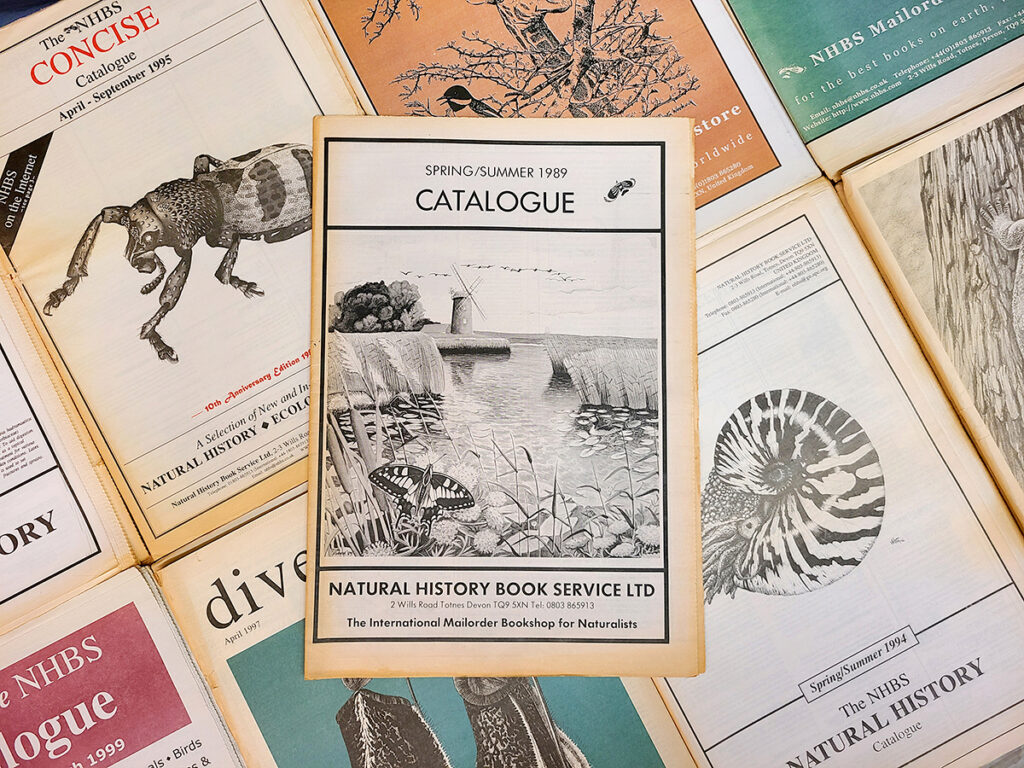
At the start of the new millennium, NHBS began expanding its range to include products such as bat detectors, trail cameras and moth traps, having recognised the growing demand for nature-based equipment. Today, we offer a comprehensive range of books and practical equipment for ecologists, researchers, educational professionals, and wildlife enthusiasts alike.

“Celebrating 40 years is a testament to the dedication and passion of our team and the unwavering support of our customers. We are committed to continuing our mission to provide the best resources and tools for those who strive to protect and understand our natural world.”
Bernard Mercer – Founder and owner
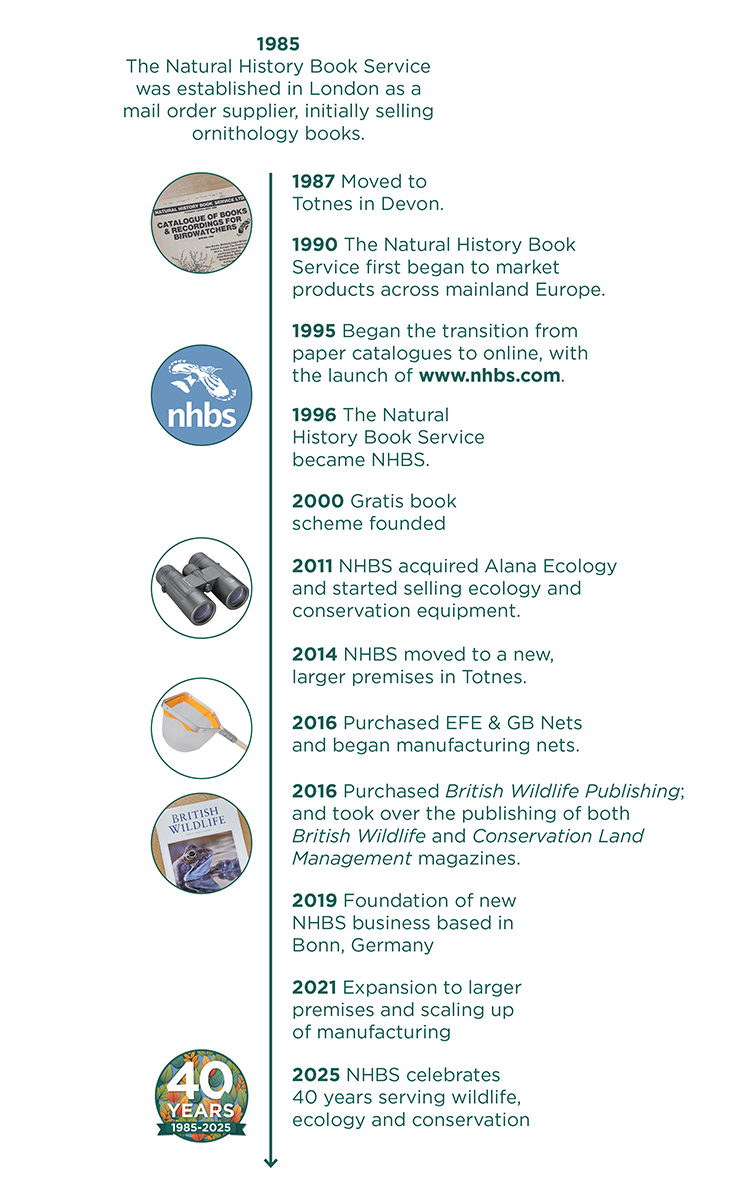
NHBS Around the World
NHBS’s global customer base has led to us sending products to even the most remote corners of the world. These include the Black River in Mauritius, Ascension Island, Benbecula in the Hebrides and Mount Athos in Greece. Our parcels have reached over 140 countries, supporting researchers, educators, and conservationists wherever they are based.
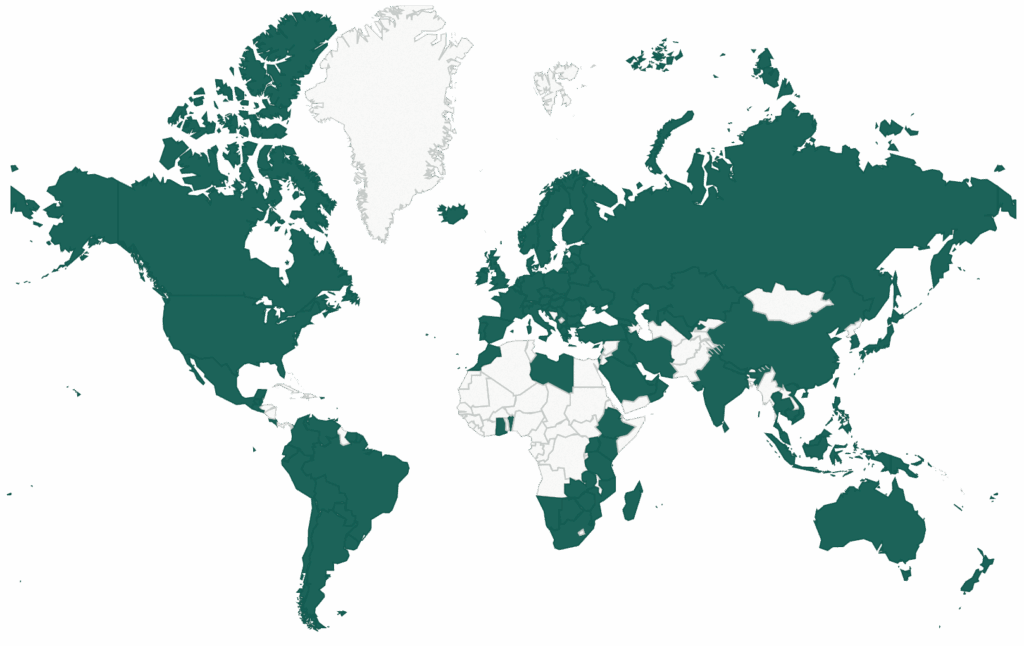
The NHBS Mission
Since we began in the 1980s, our core purpose has been to support individuals and organisations working to understand, protect, and conserve the natural environment.
Forty years on, this continues to drive us, shaping our decisions and inspiring our ongoing work in the conservation world.
We’re have collaborated with a wide range of leading NGOs such as Butterfly Conservation, The Riverfly Partnership and Buglife, and to date, we have donated over £35,000 to support their vital work. In 1999 we also developed the Gratis Book Scheme, which was launched alongside the British Ecological Society and successfully delivered hundreds of books free of charge to students living in developing countries.
Thank you and Looking Ahead
As we reflect on the past 40 years, we’re grateful for our valued customers and the countless individuals and organisations we’ve had the privilege of supporting. We are proud to have forged close partnerships with many conservation organisations who share our values – the Mammal Society, Butterfly Conservation, Bat Conservation Trust and CIEEM, to name just a few, and we look forward to working together to better British conservation.
Looking ahead, we are excited about the future of NHBS and the continued pursuit to fulfil our mission to empower and support those working in conservation.
Thank you for being part of our journey and we look forward to the next 40 years!
The NHBS team


